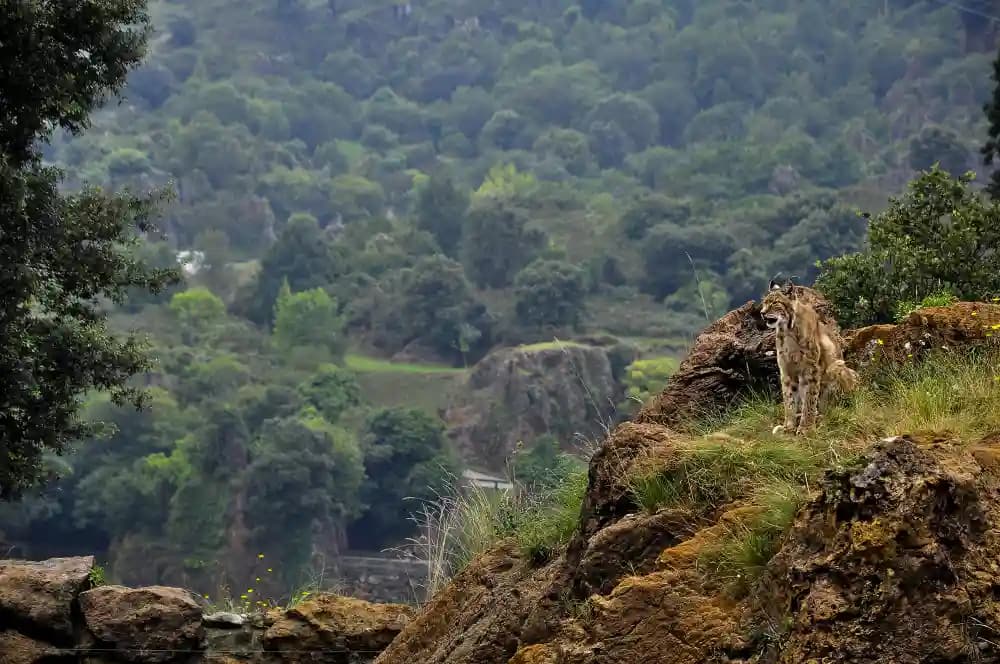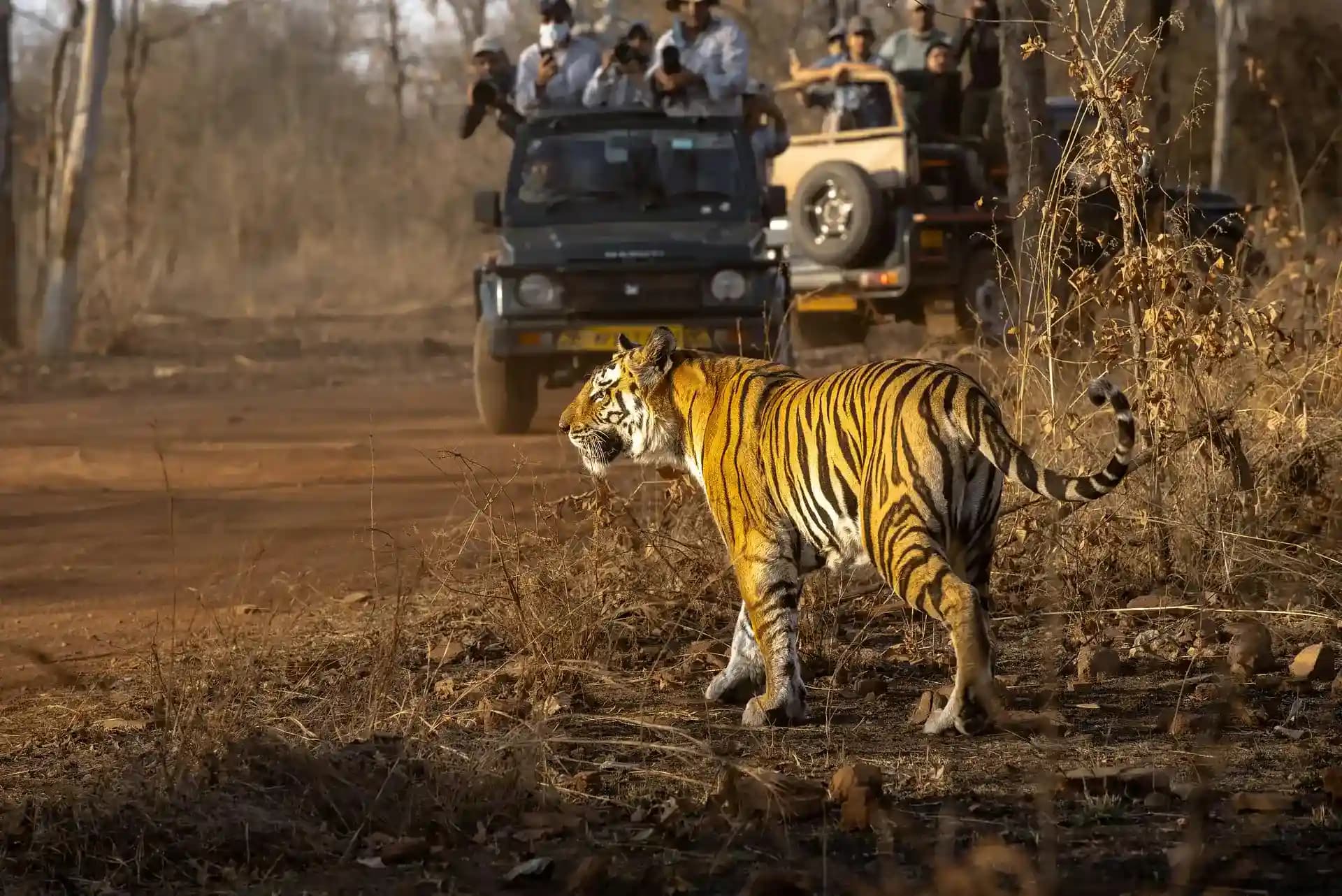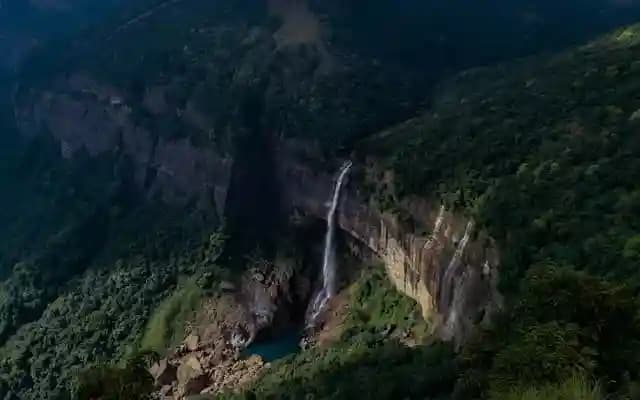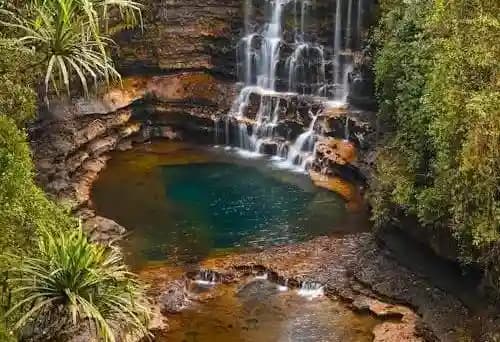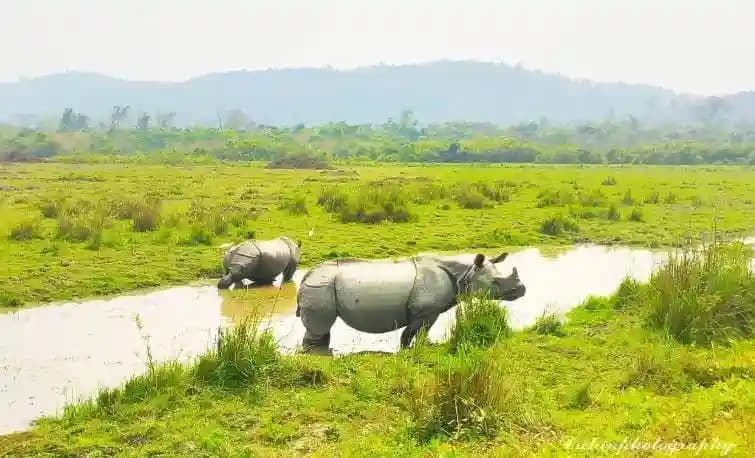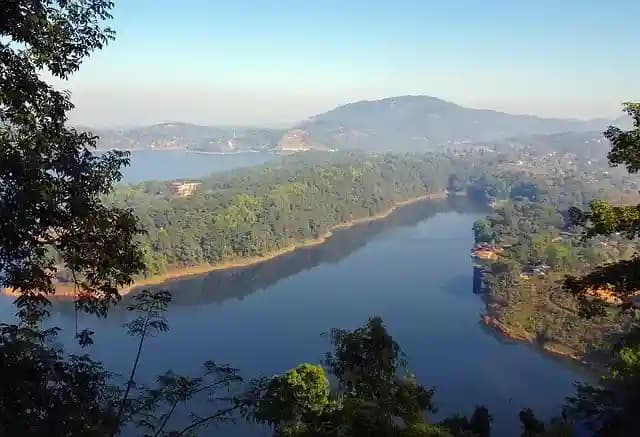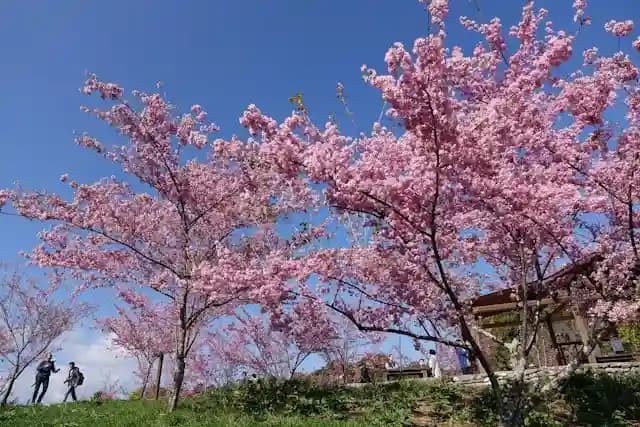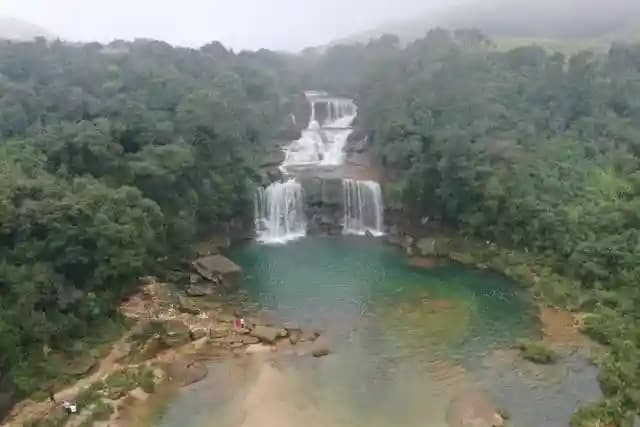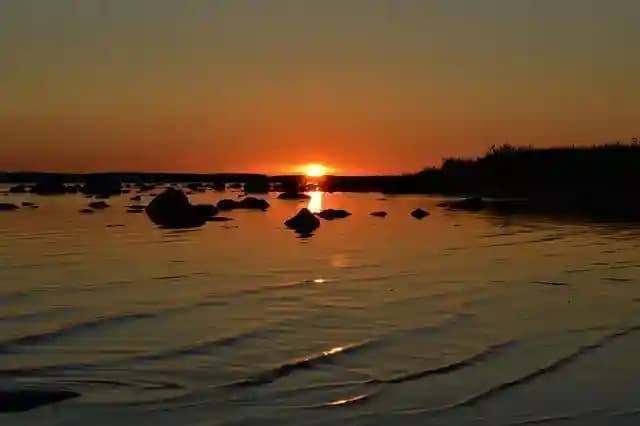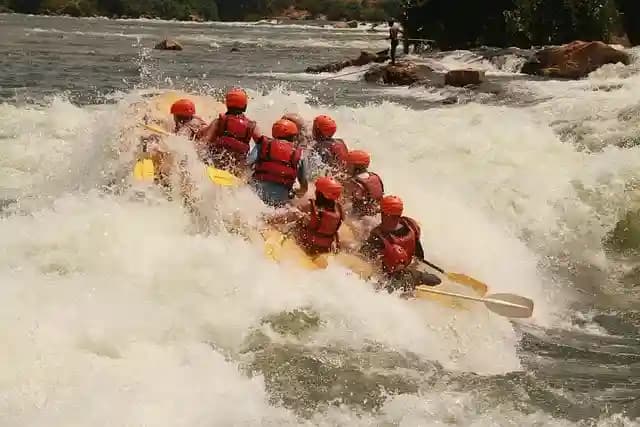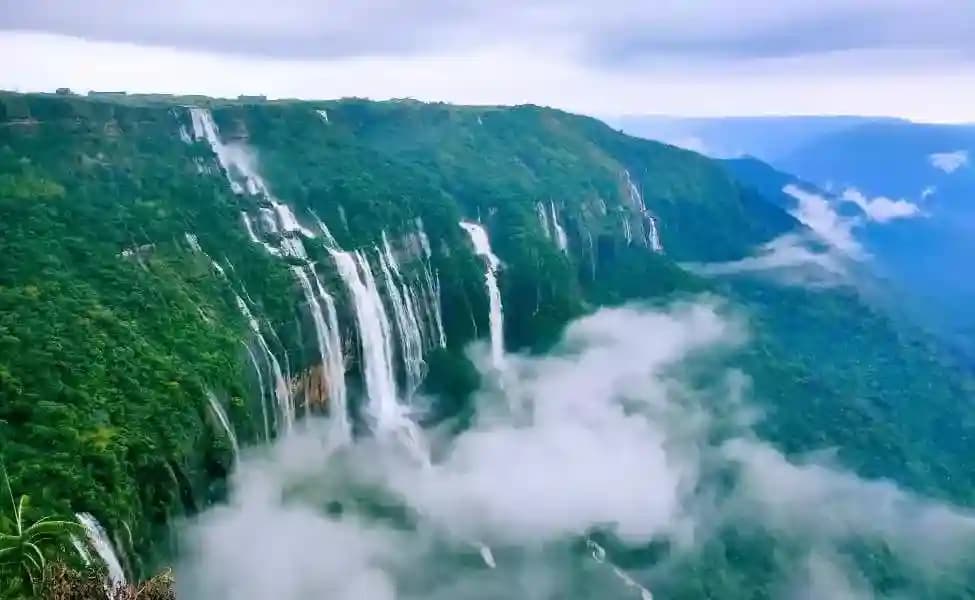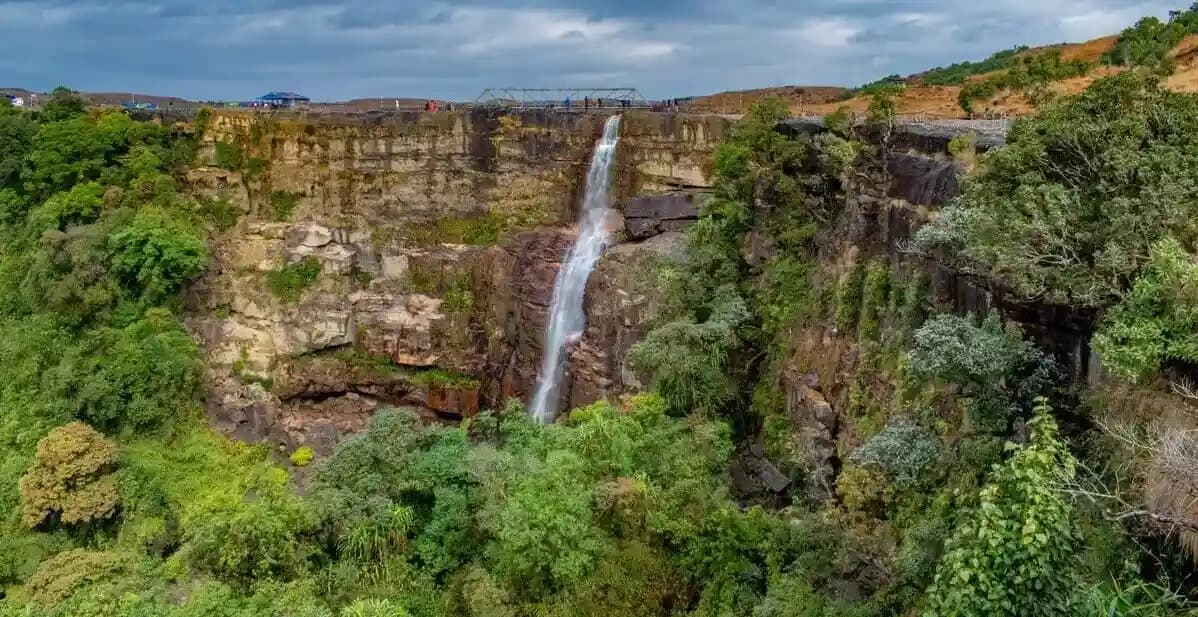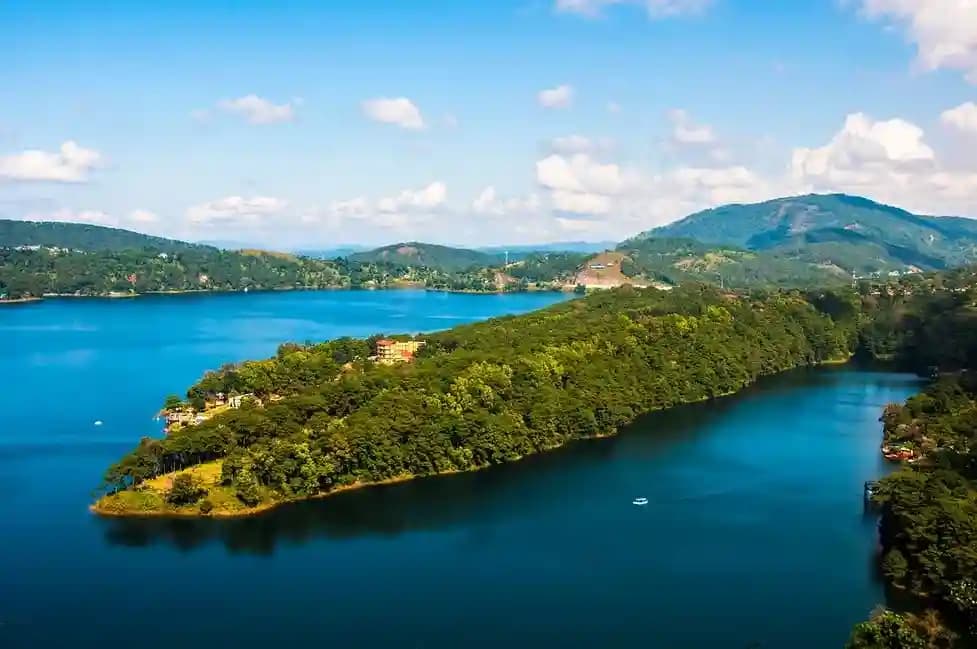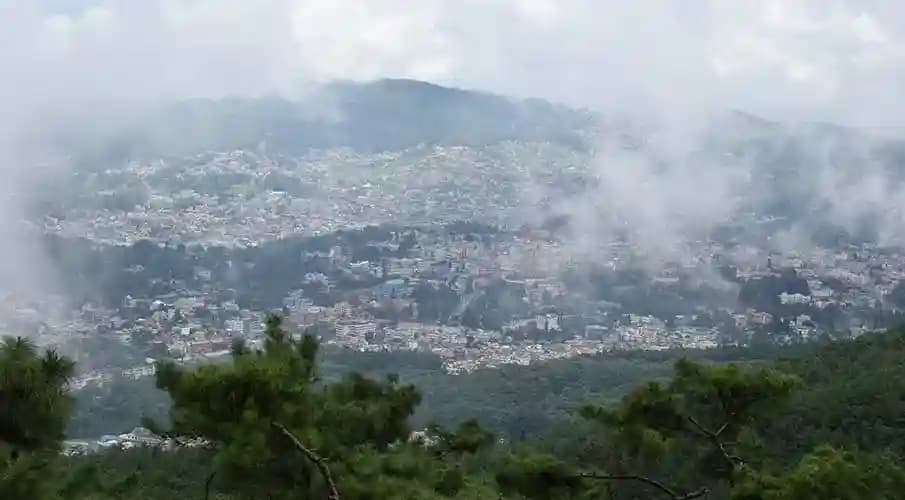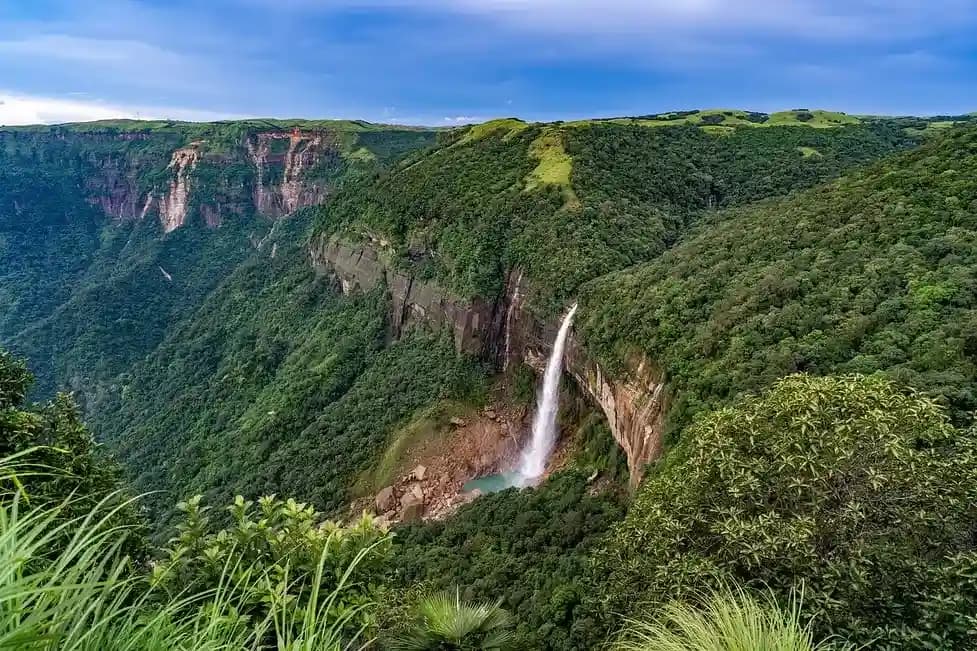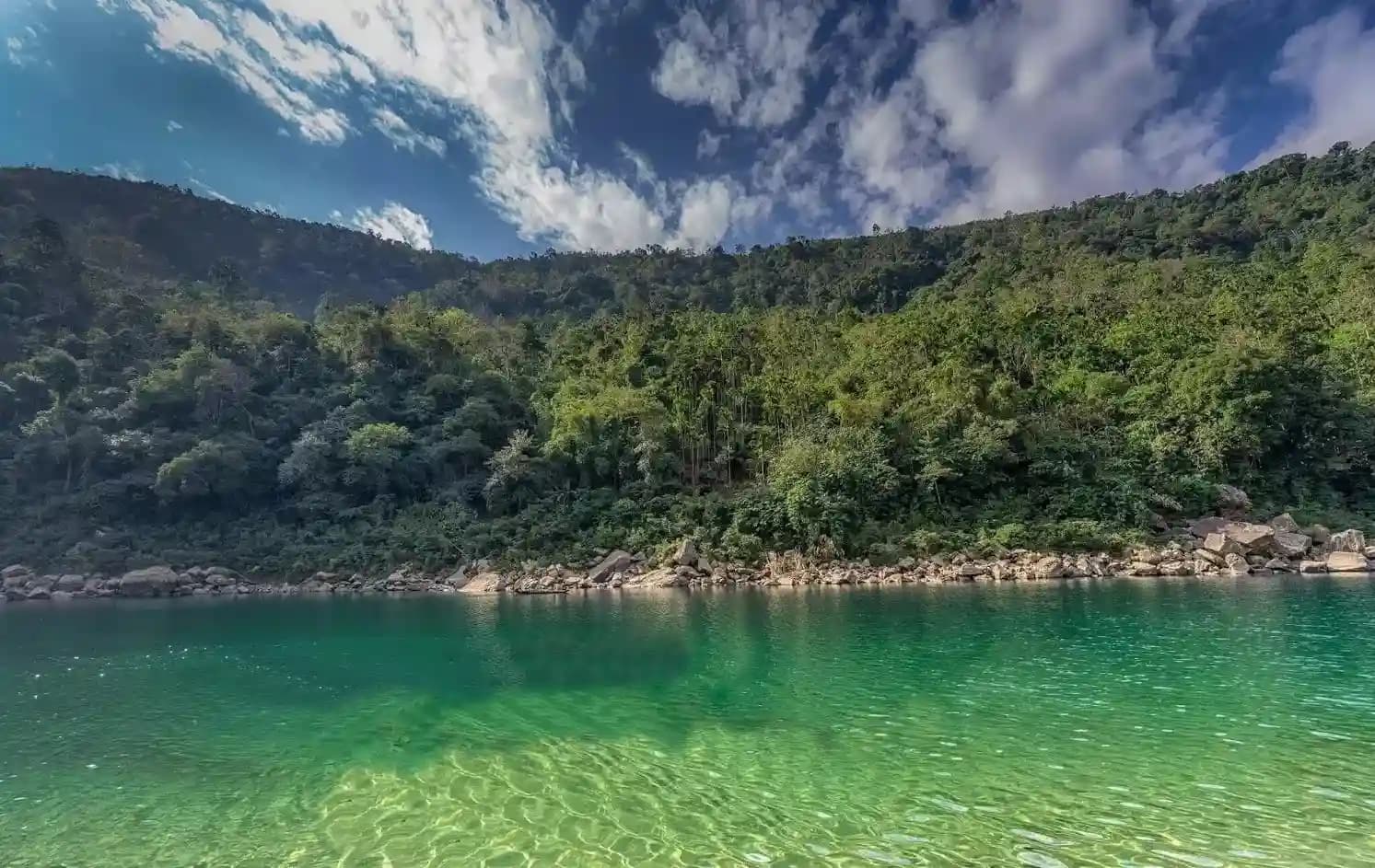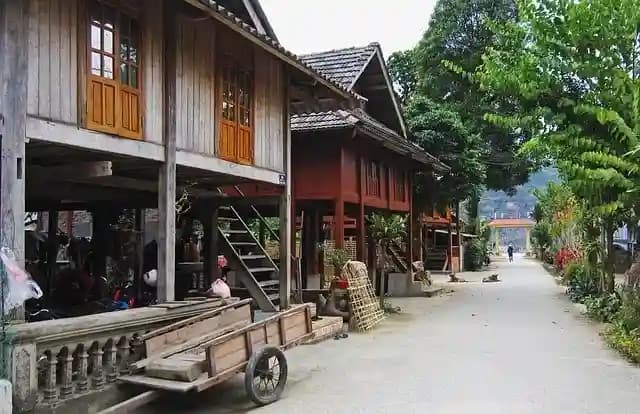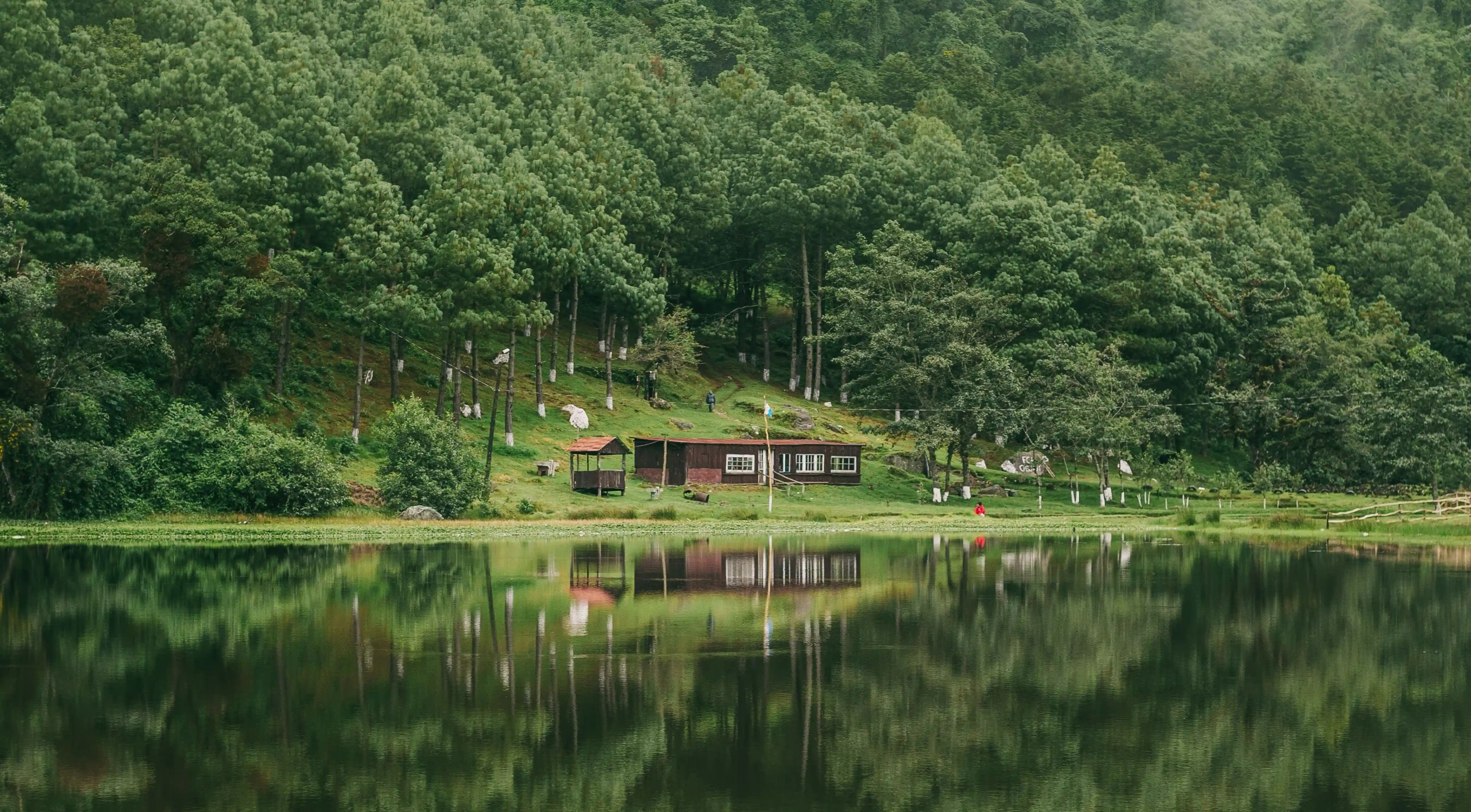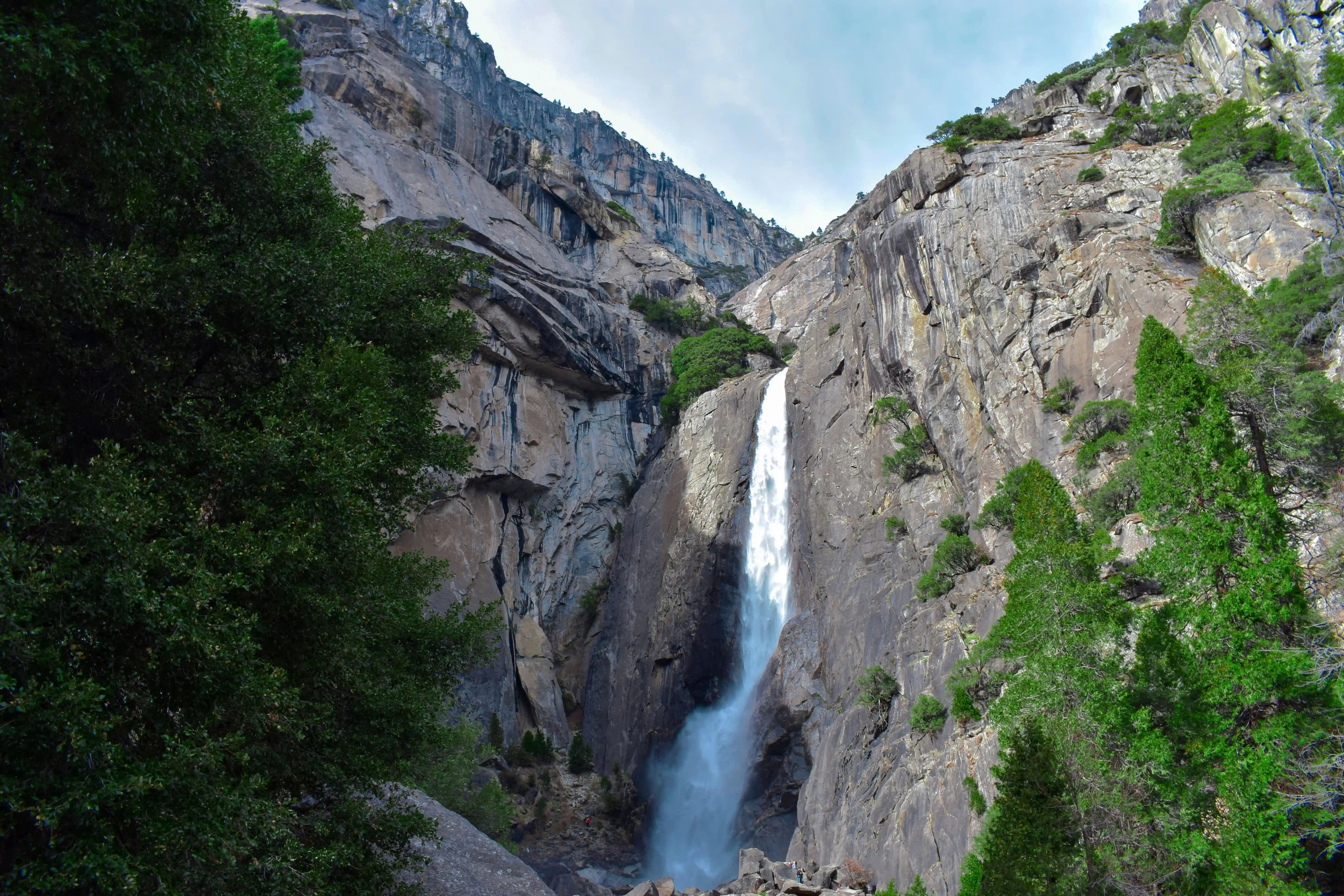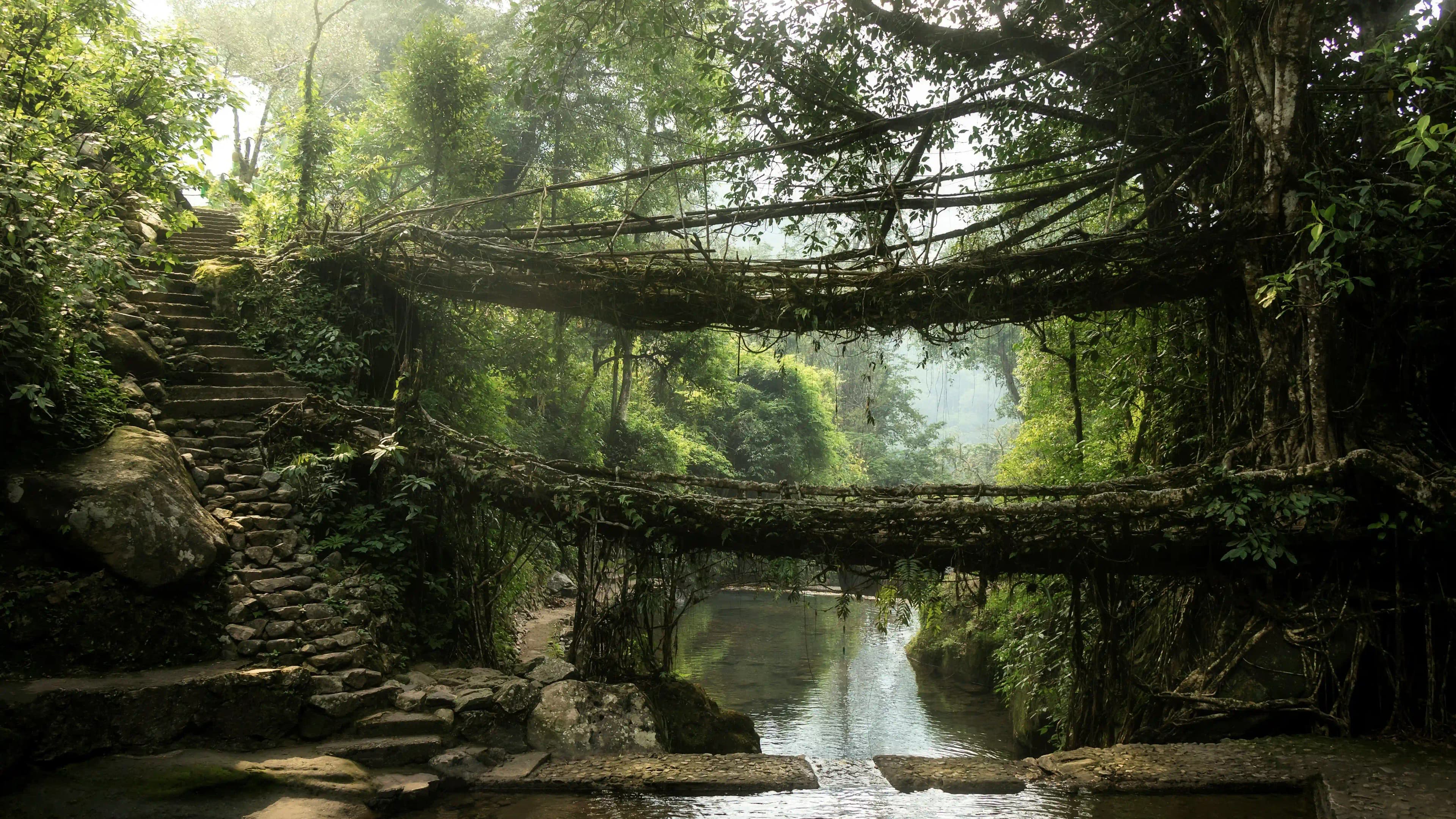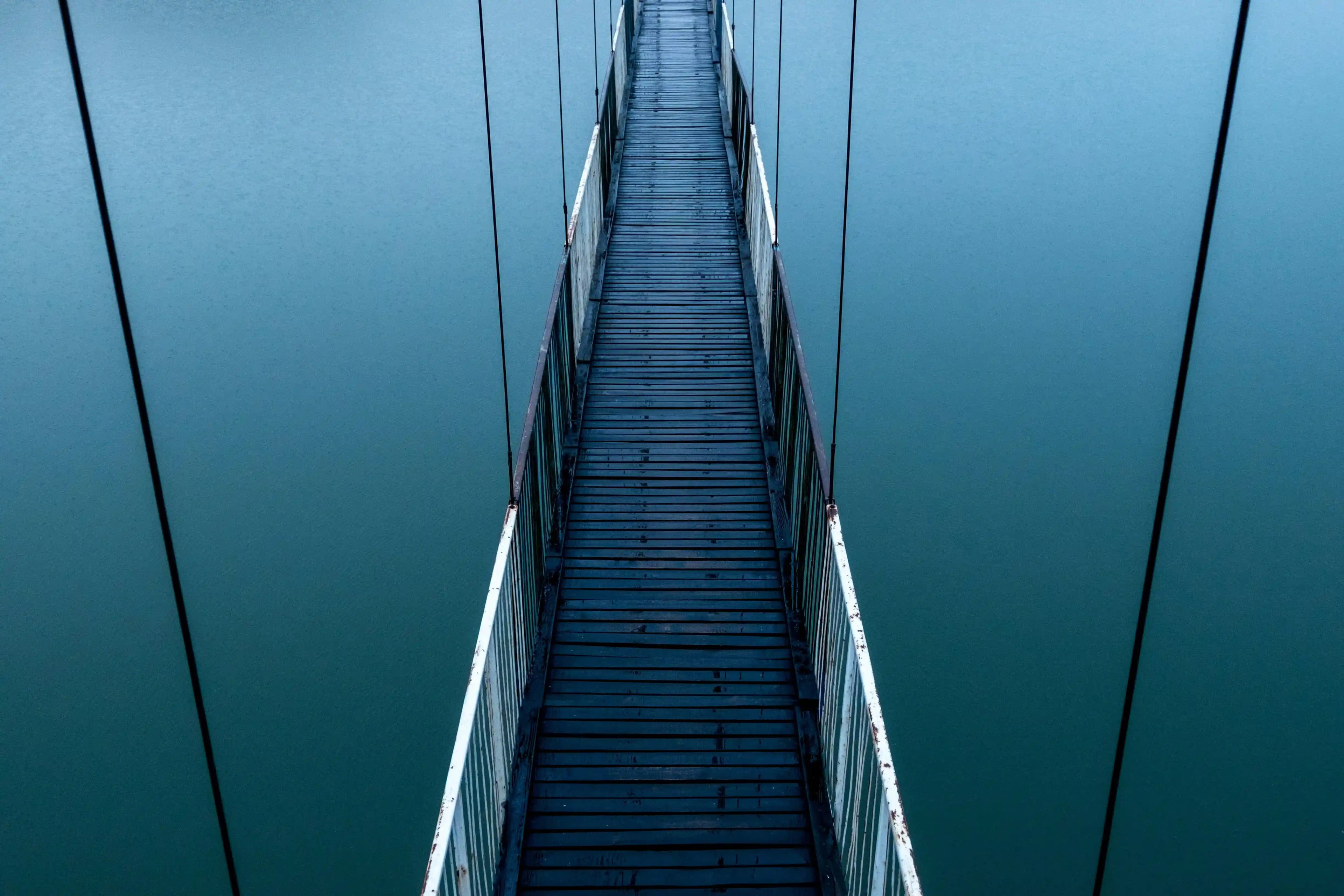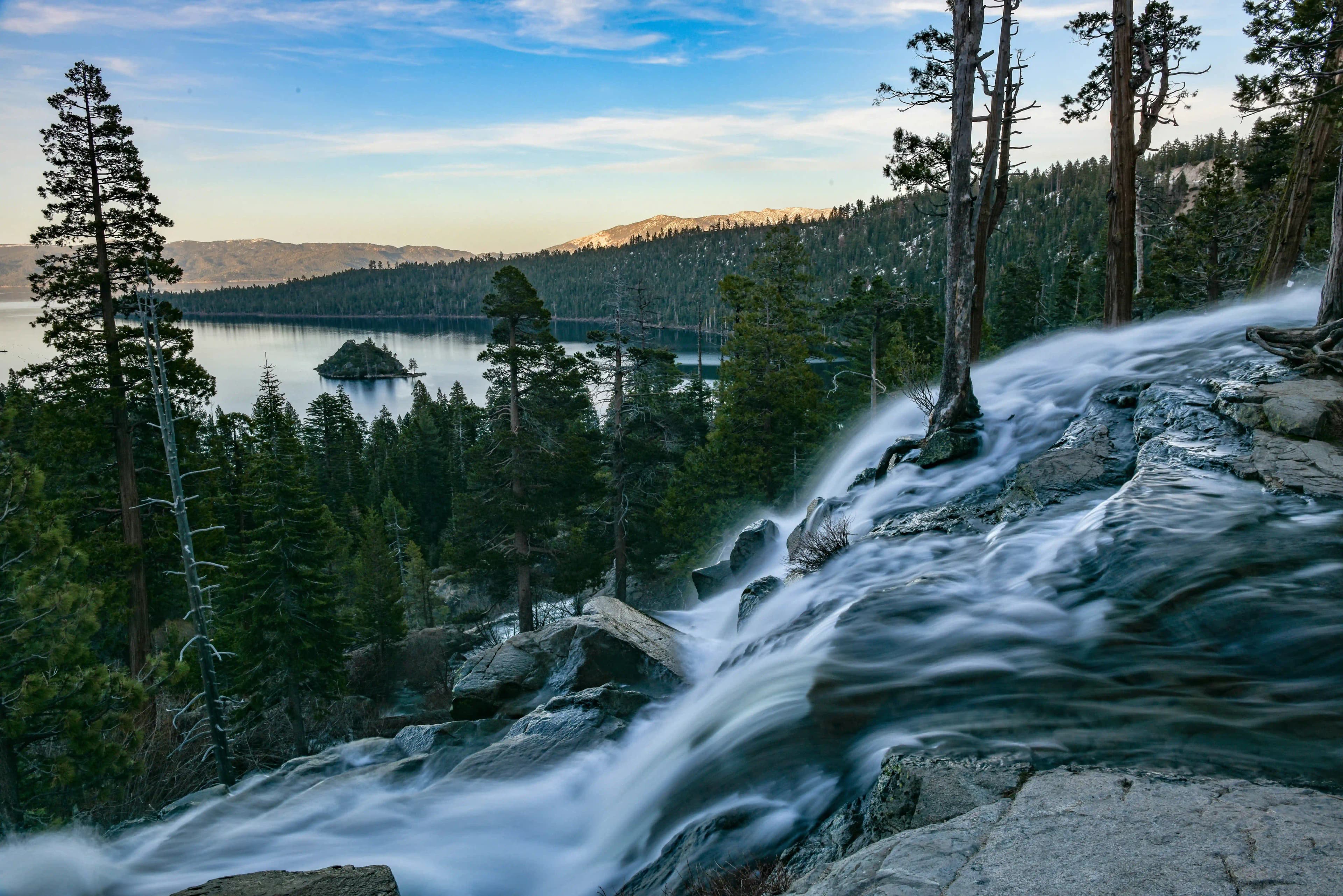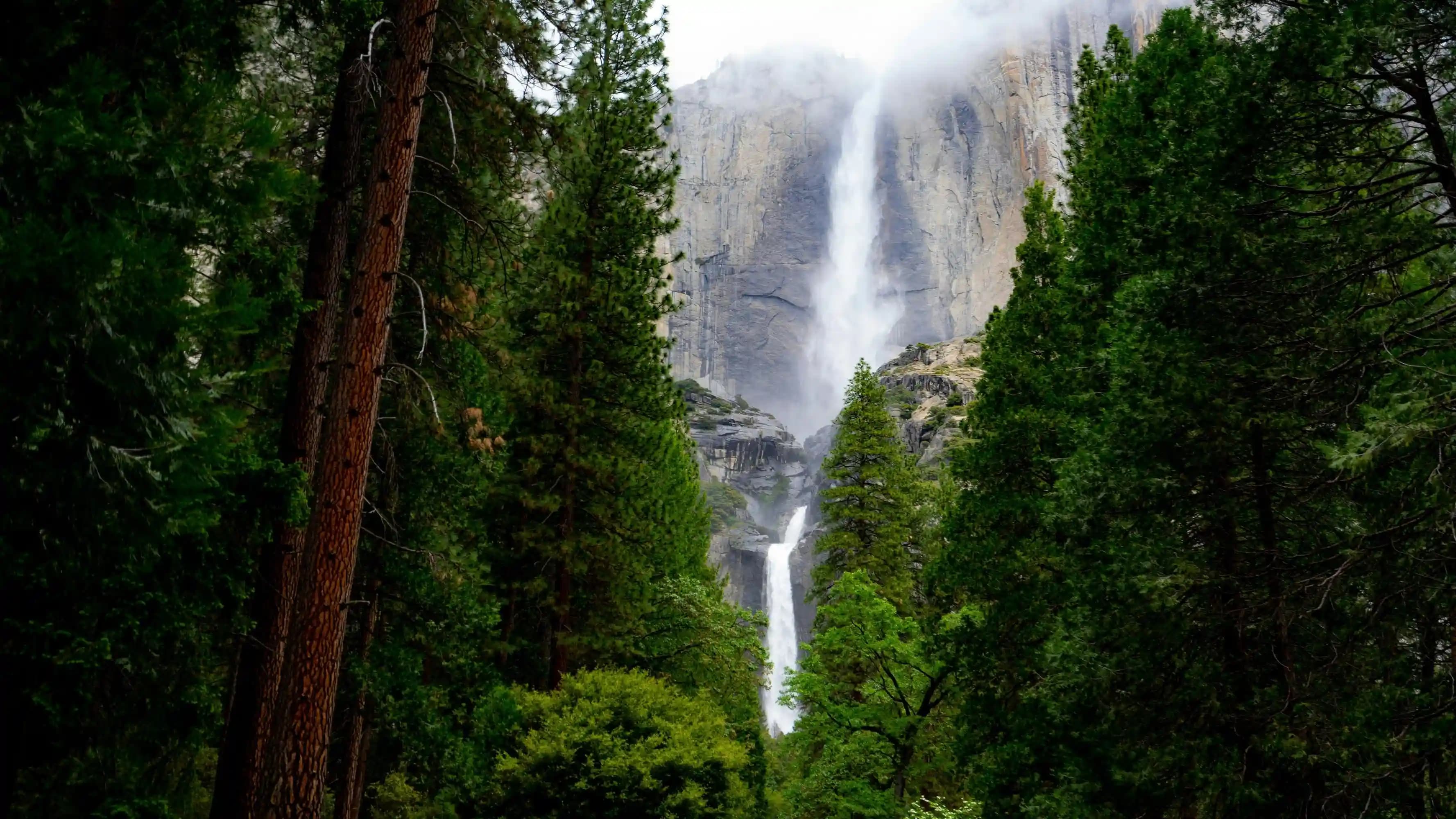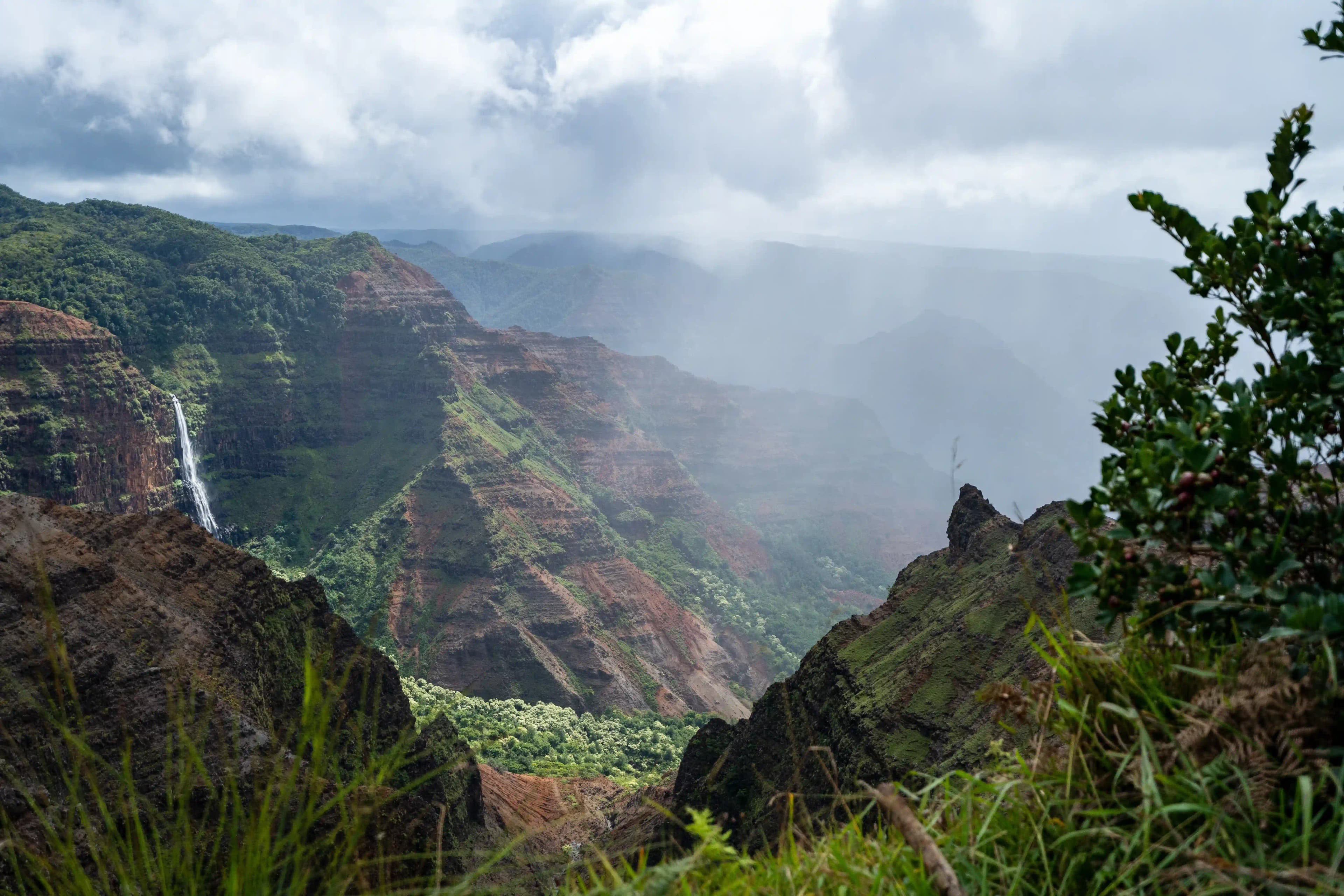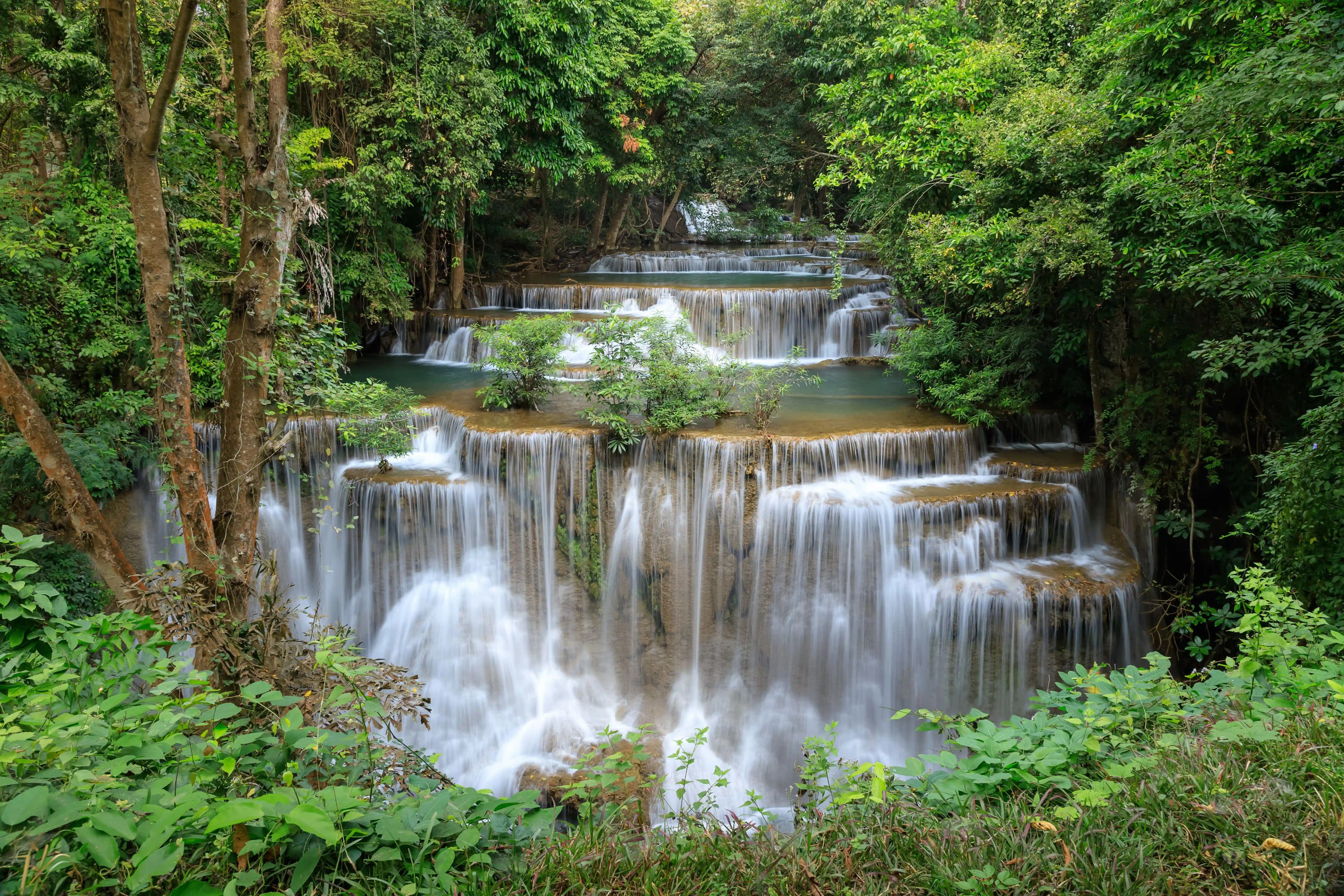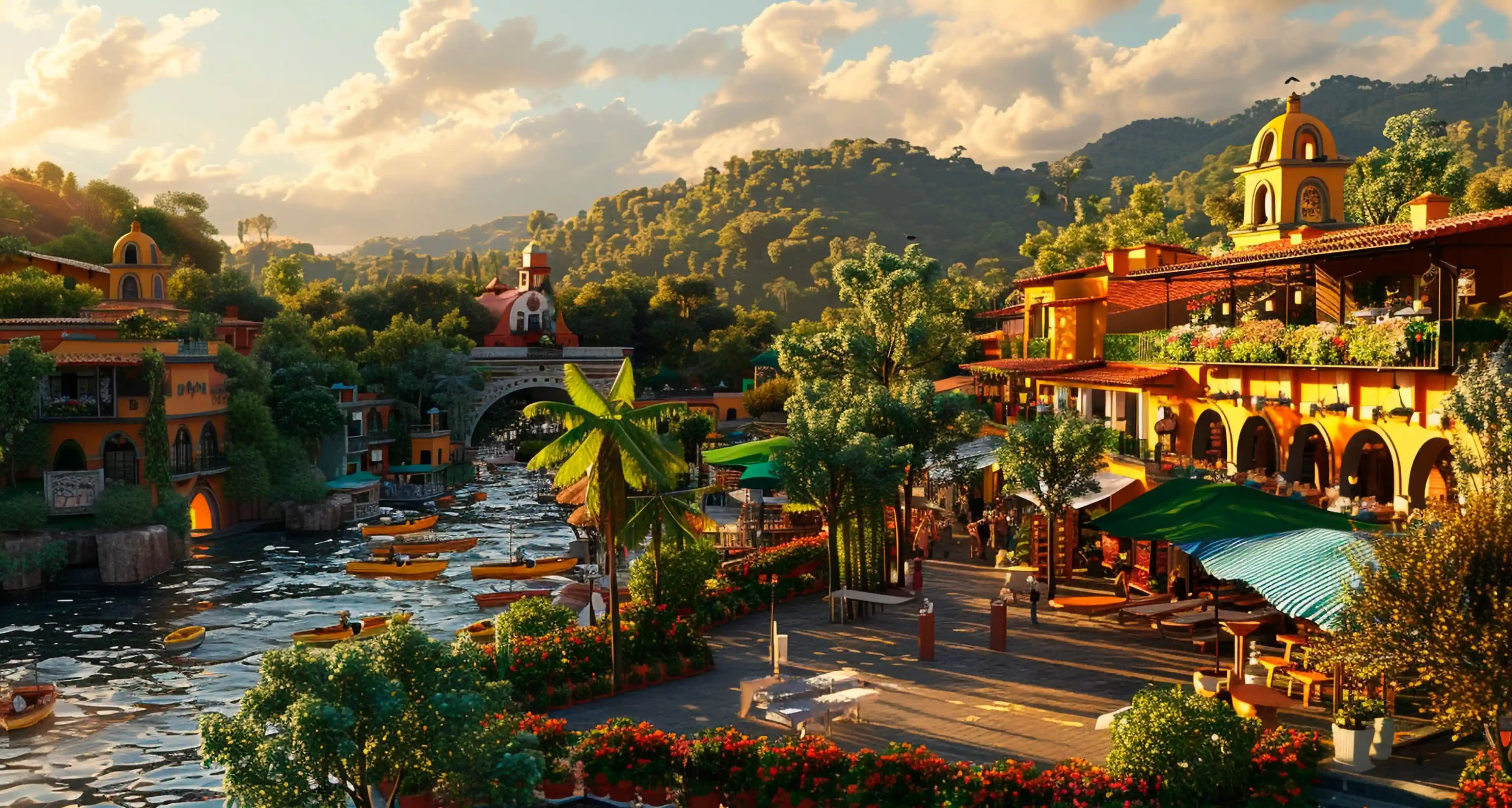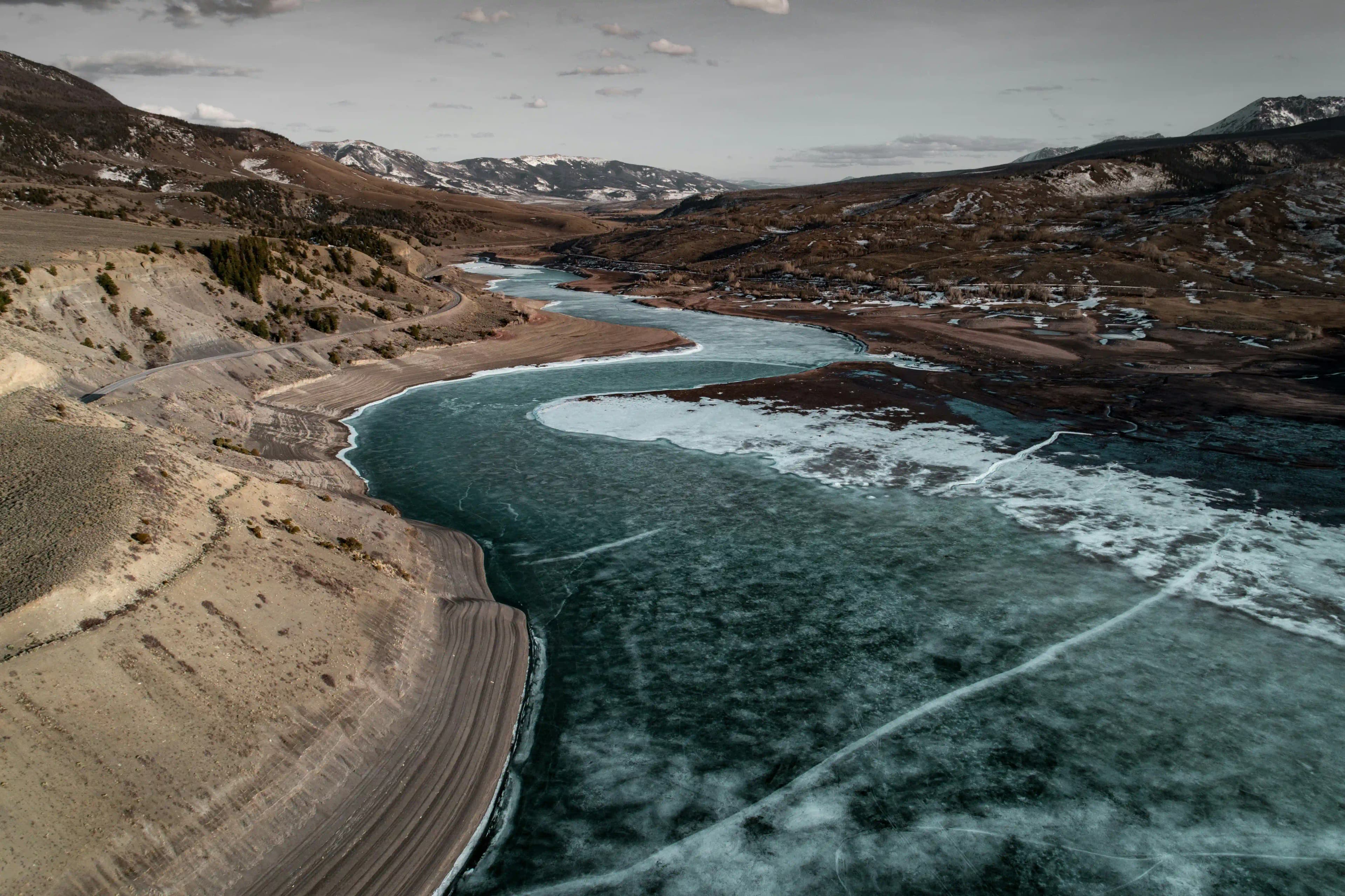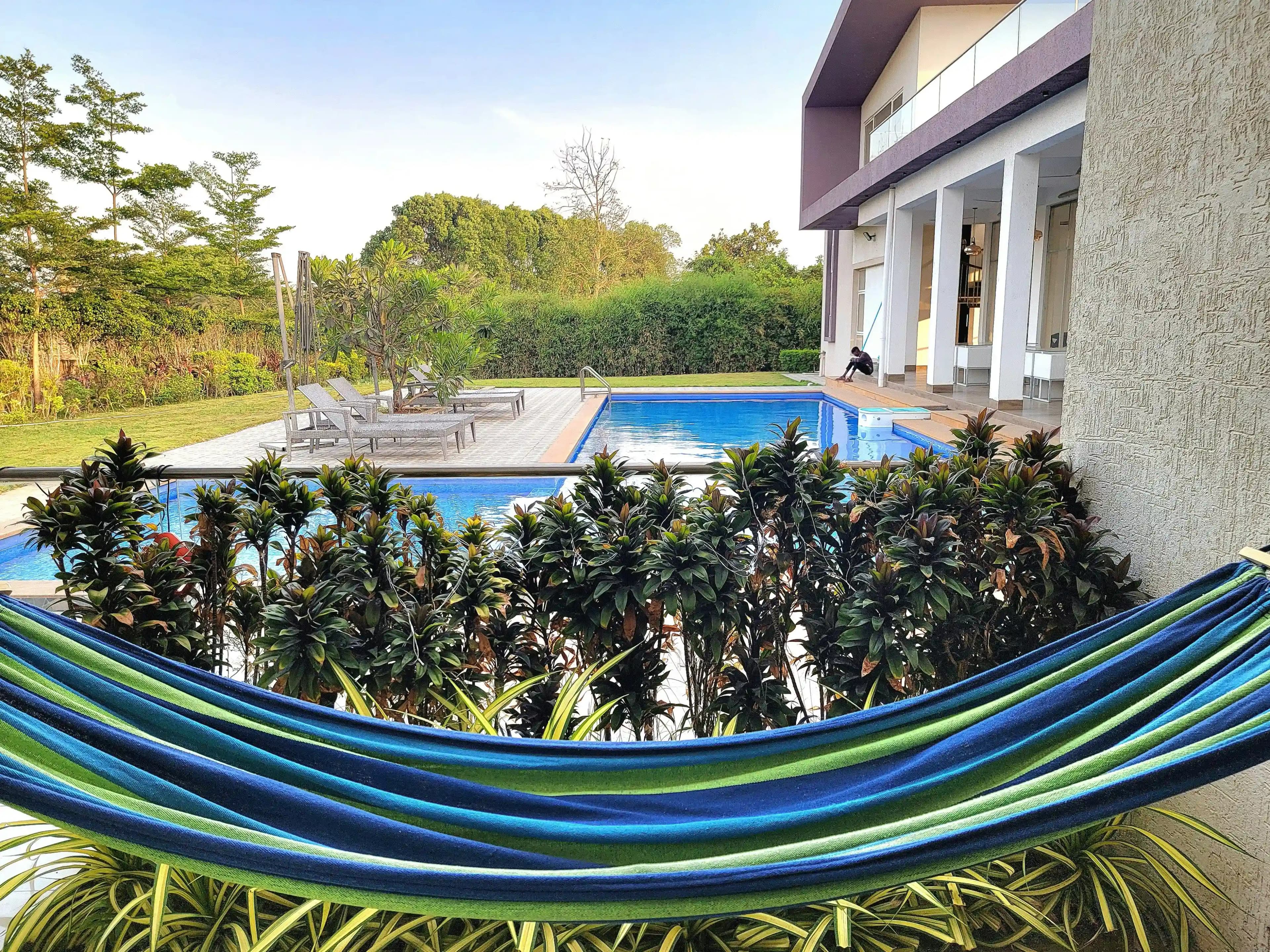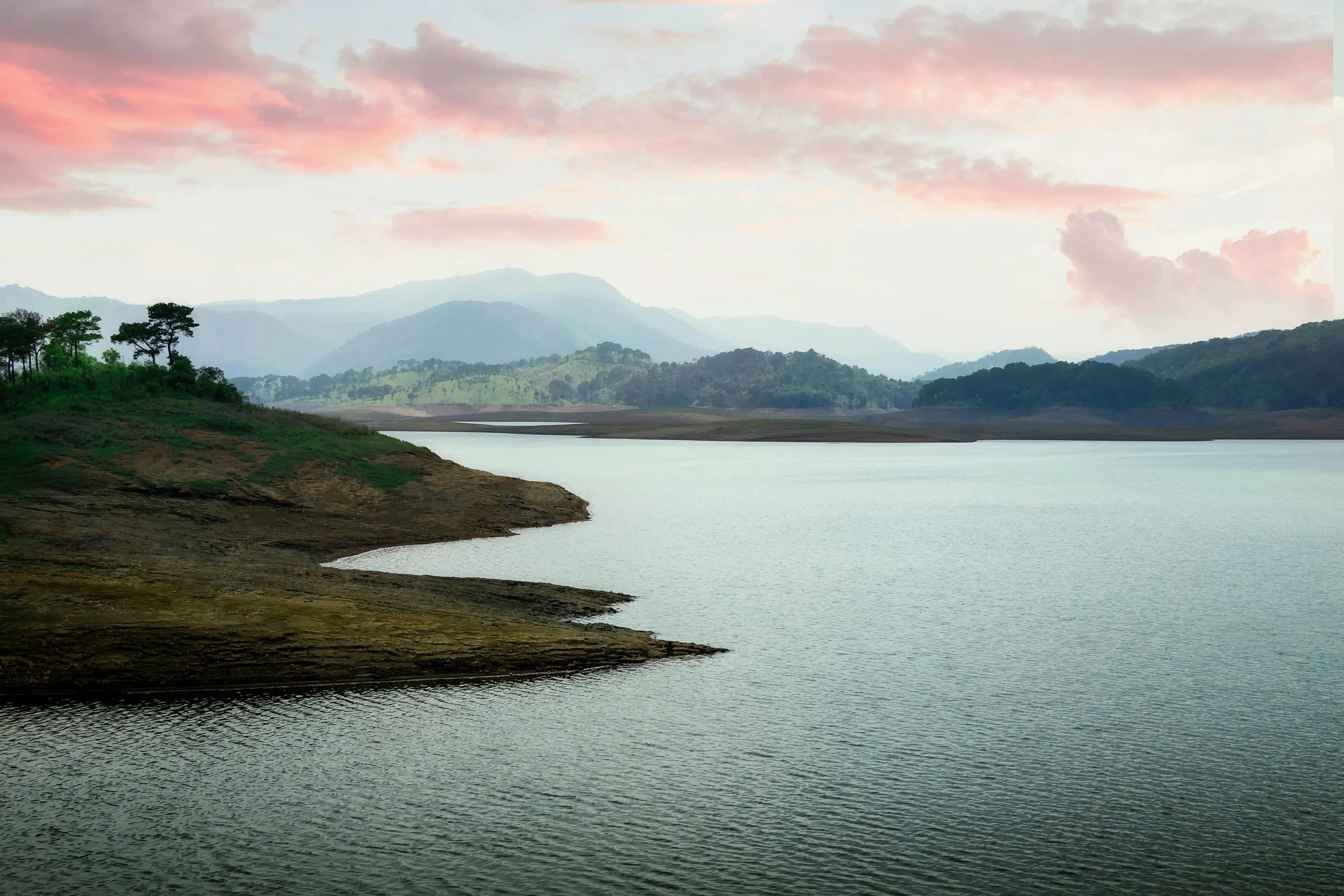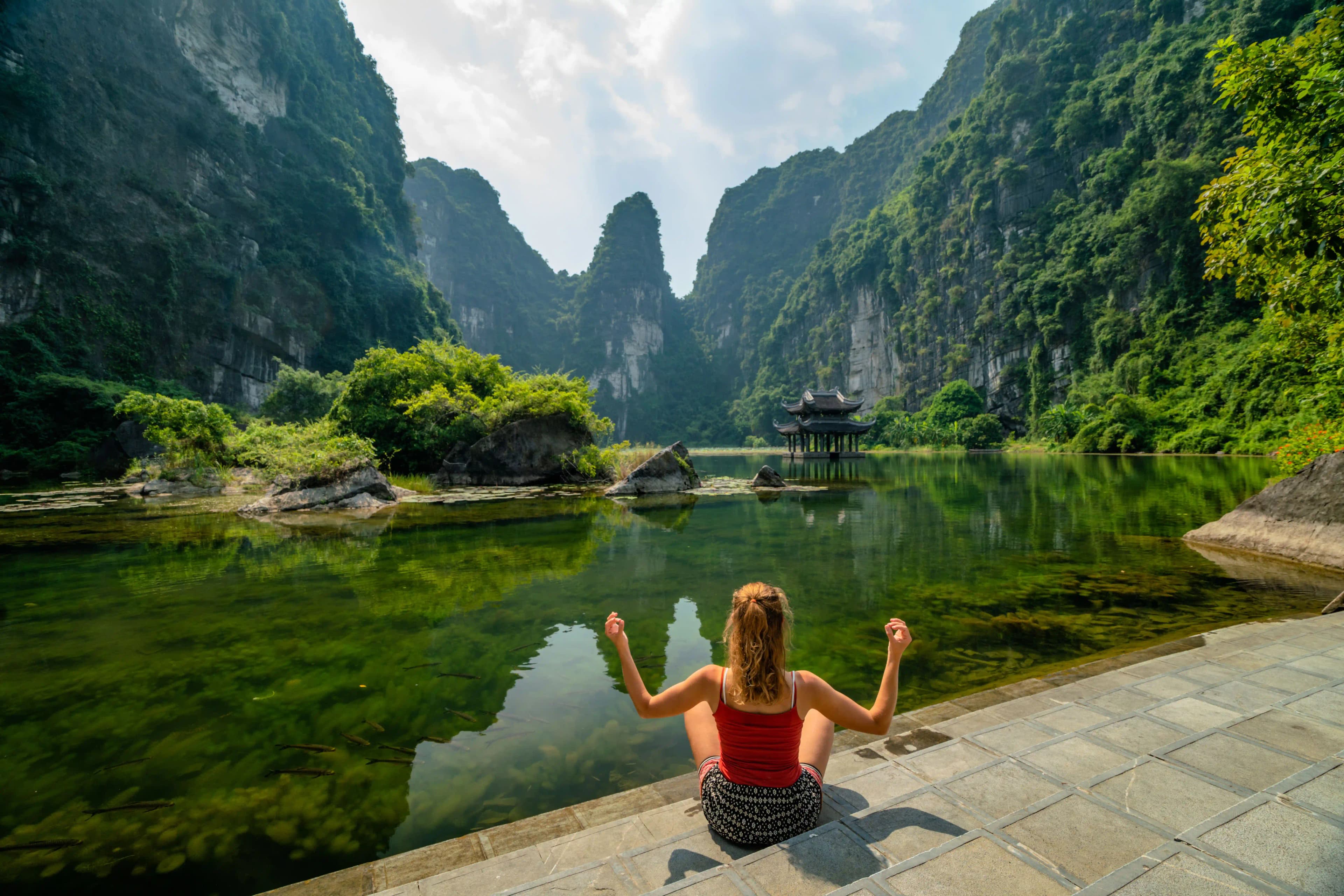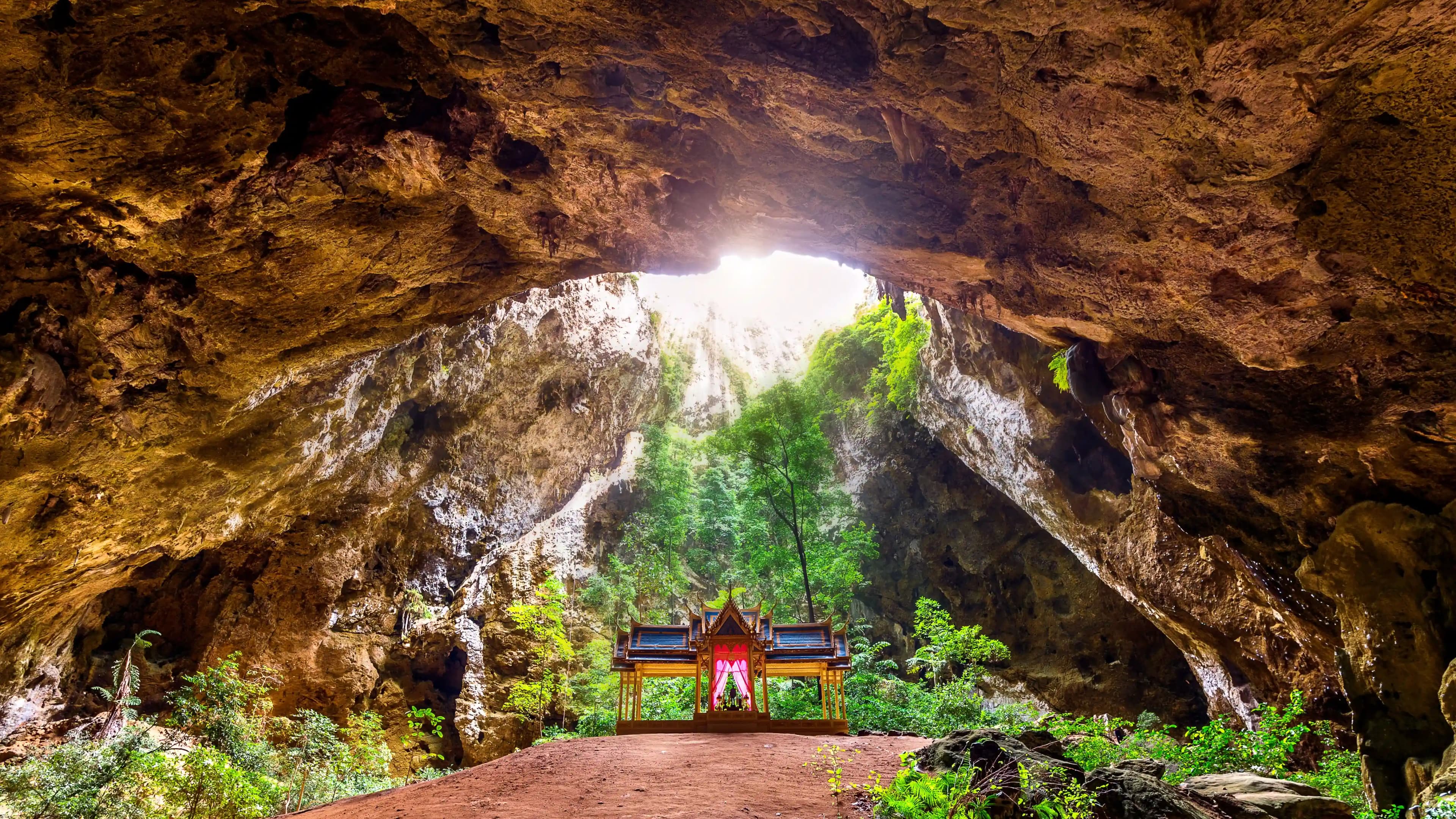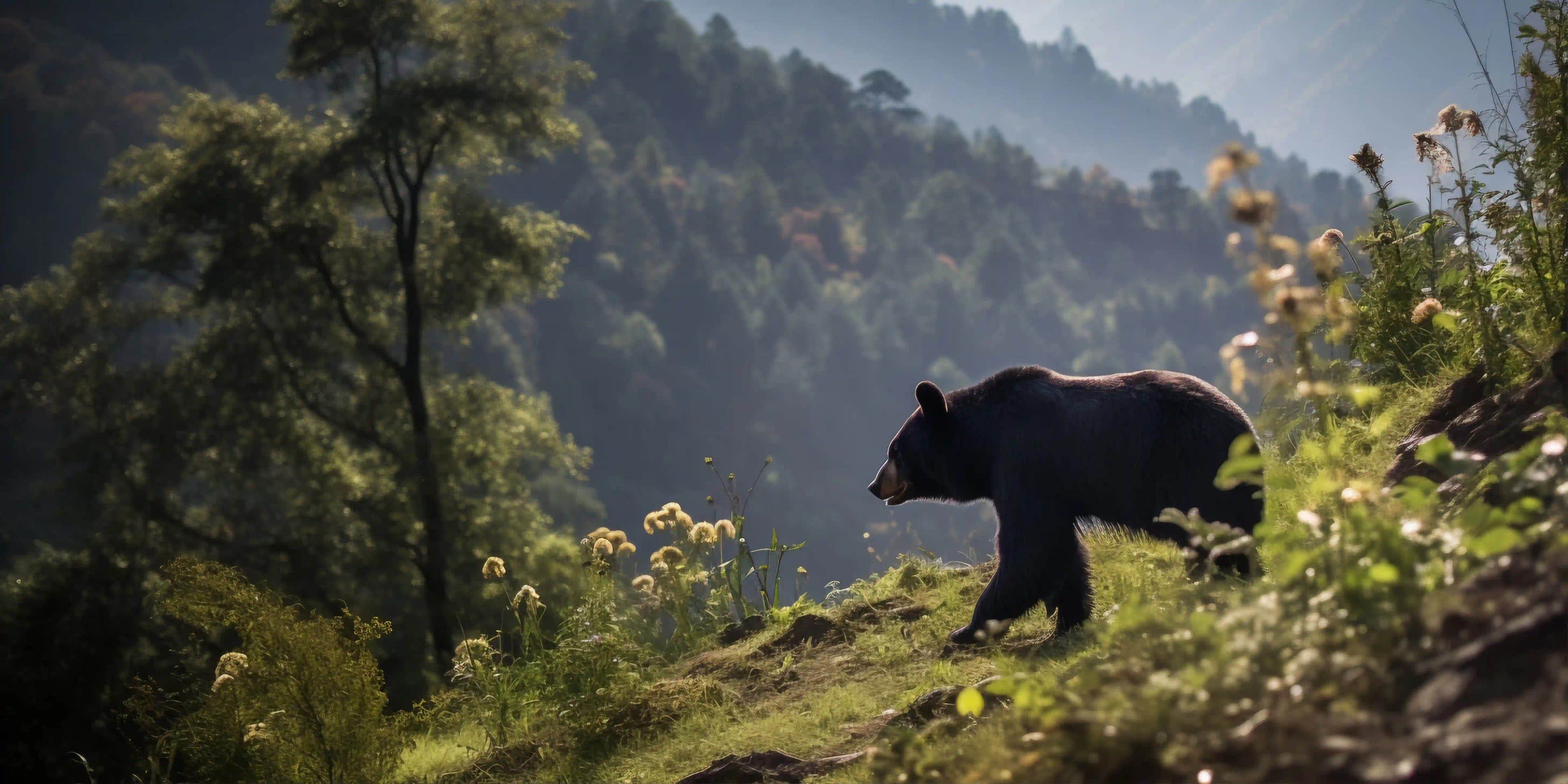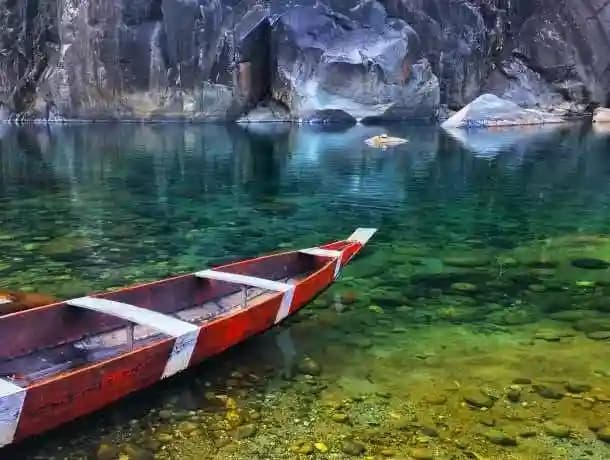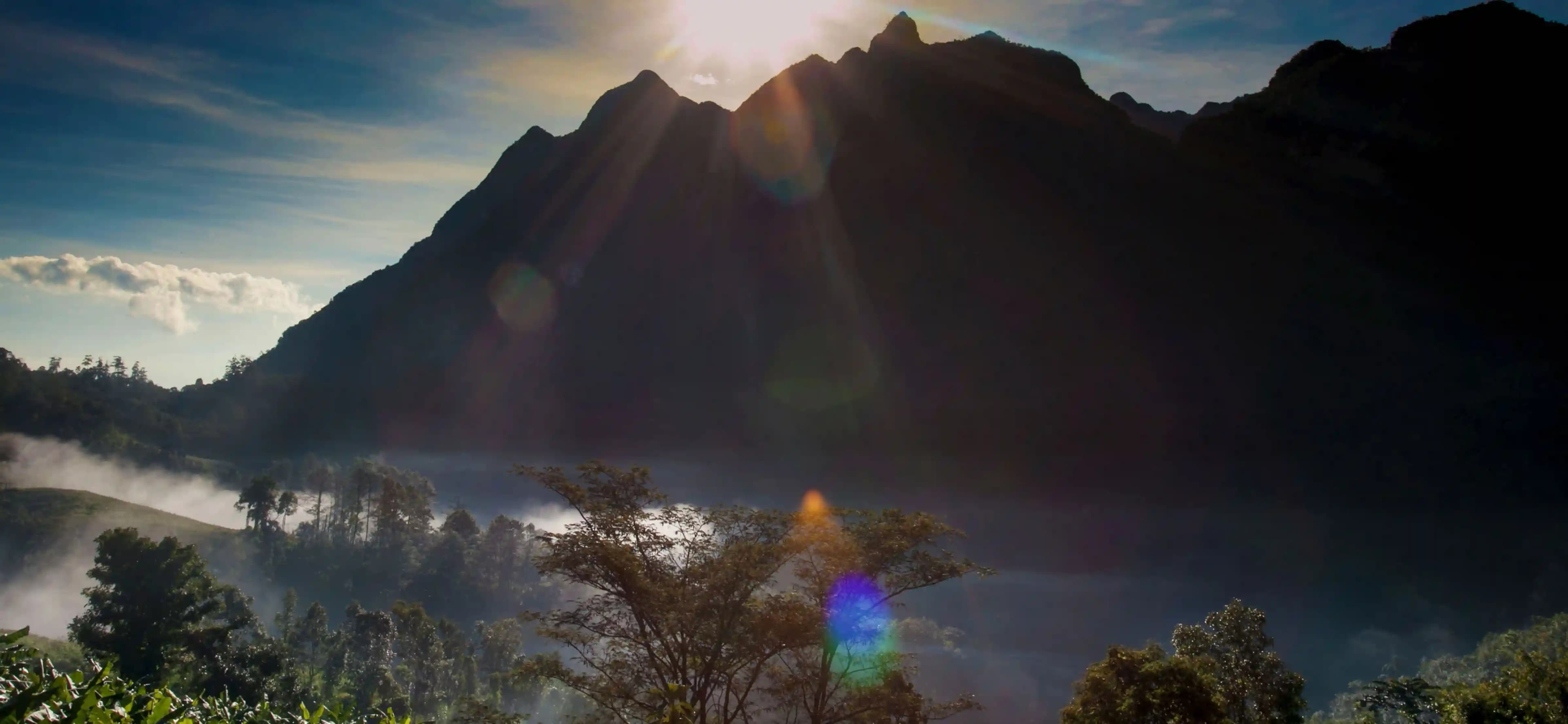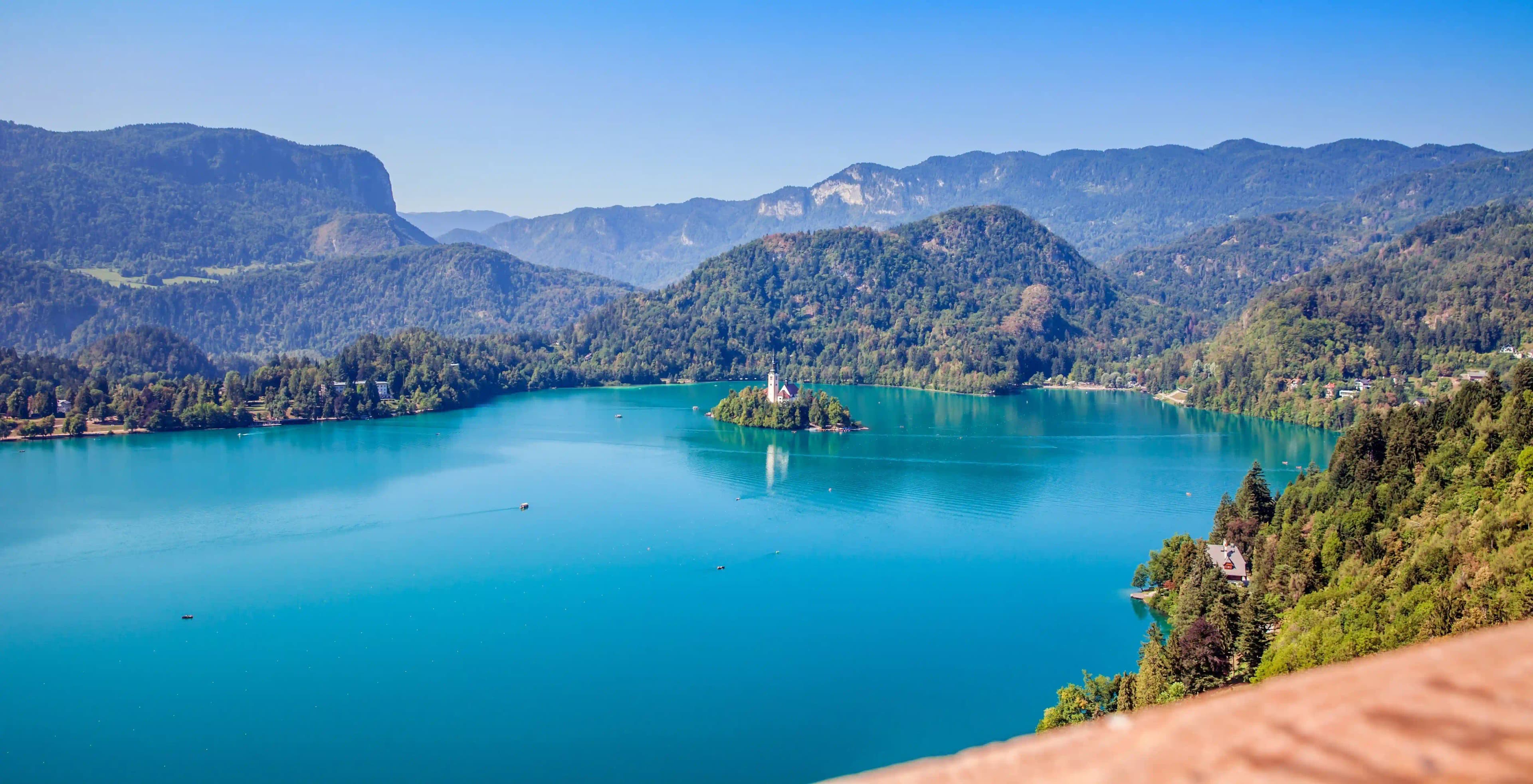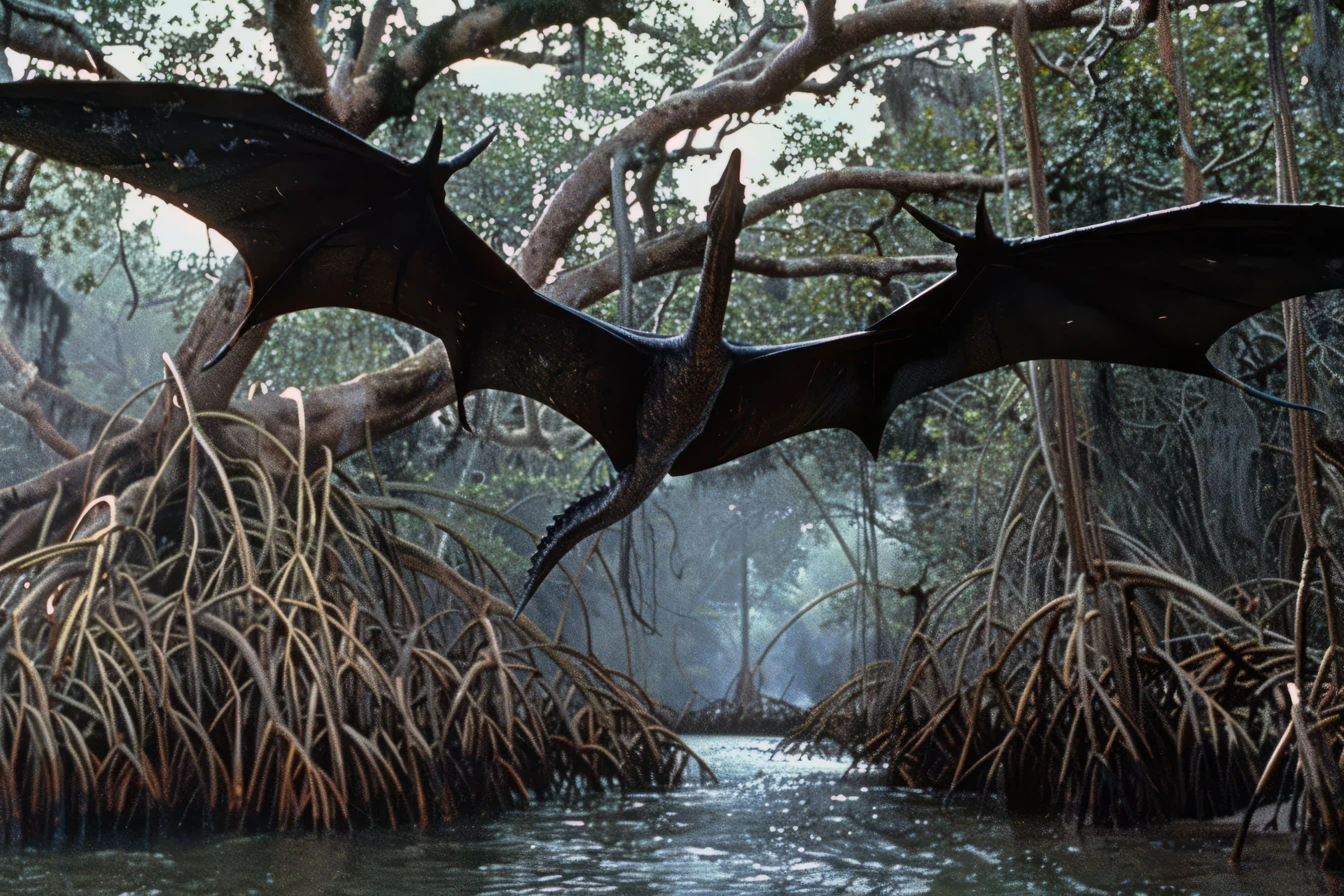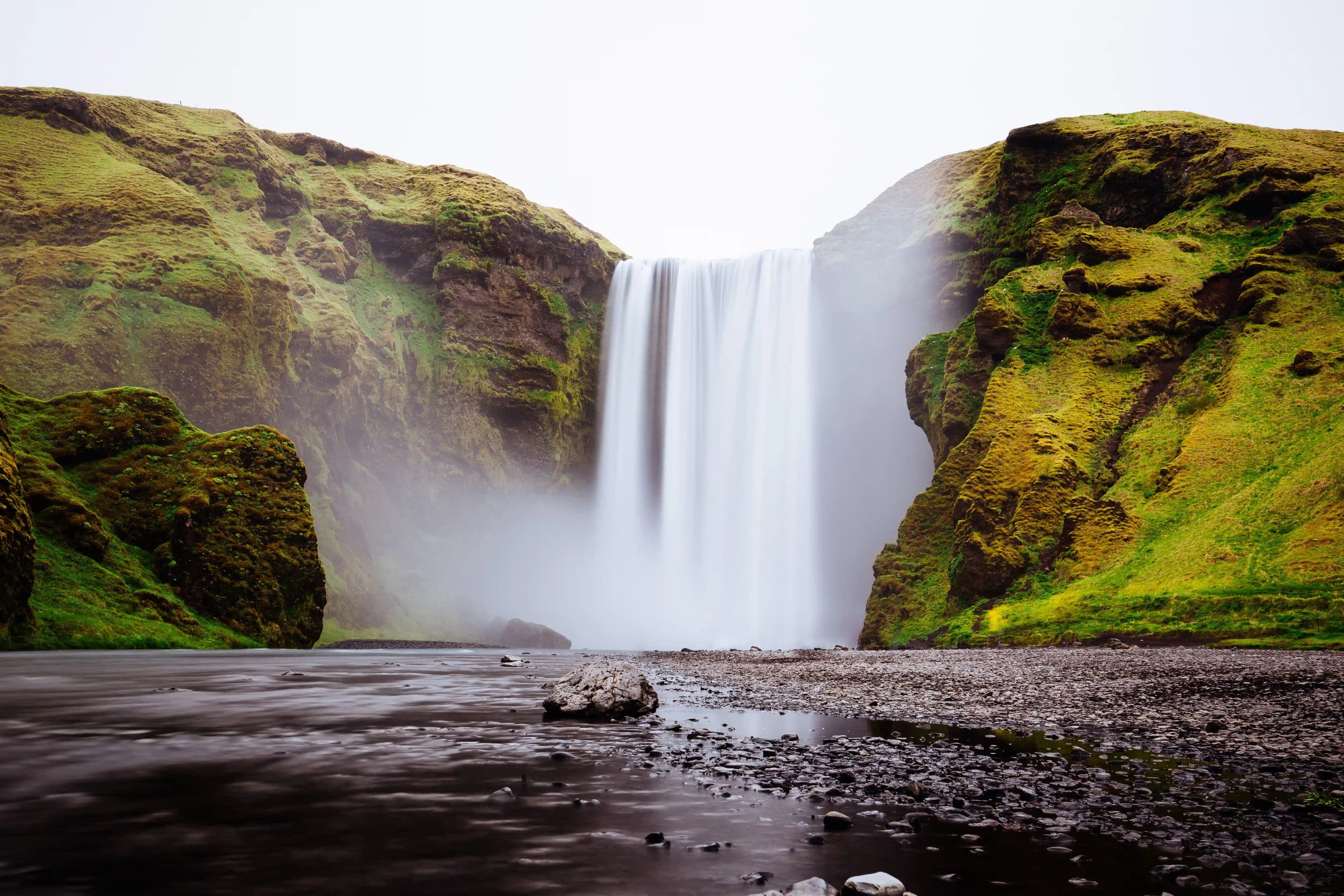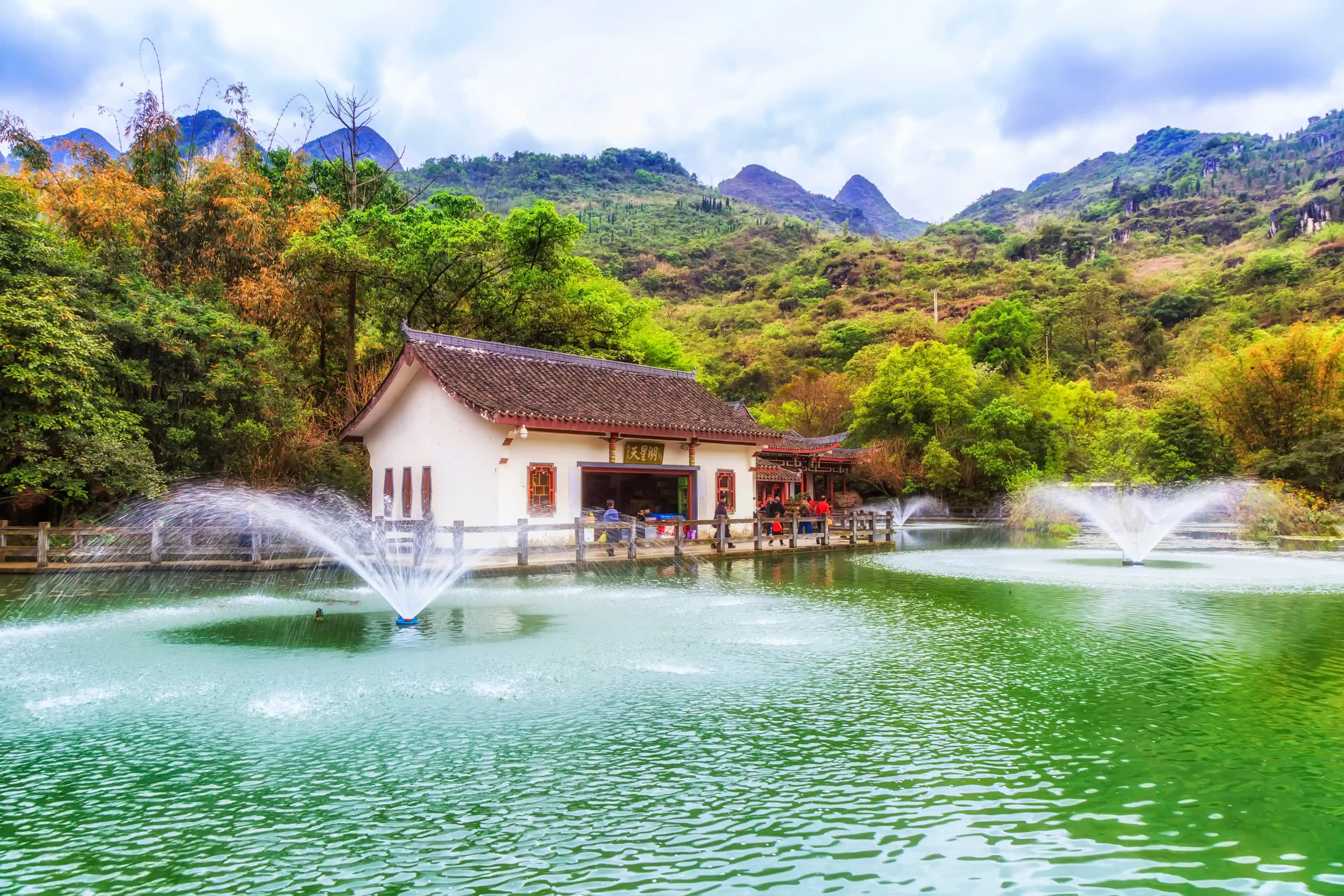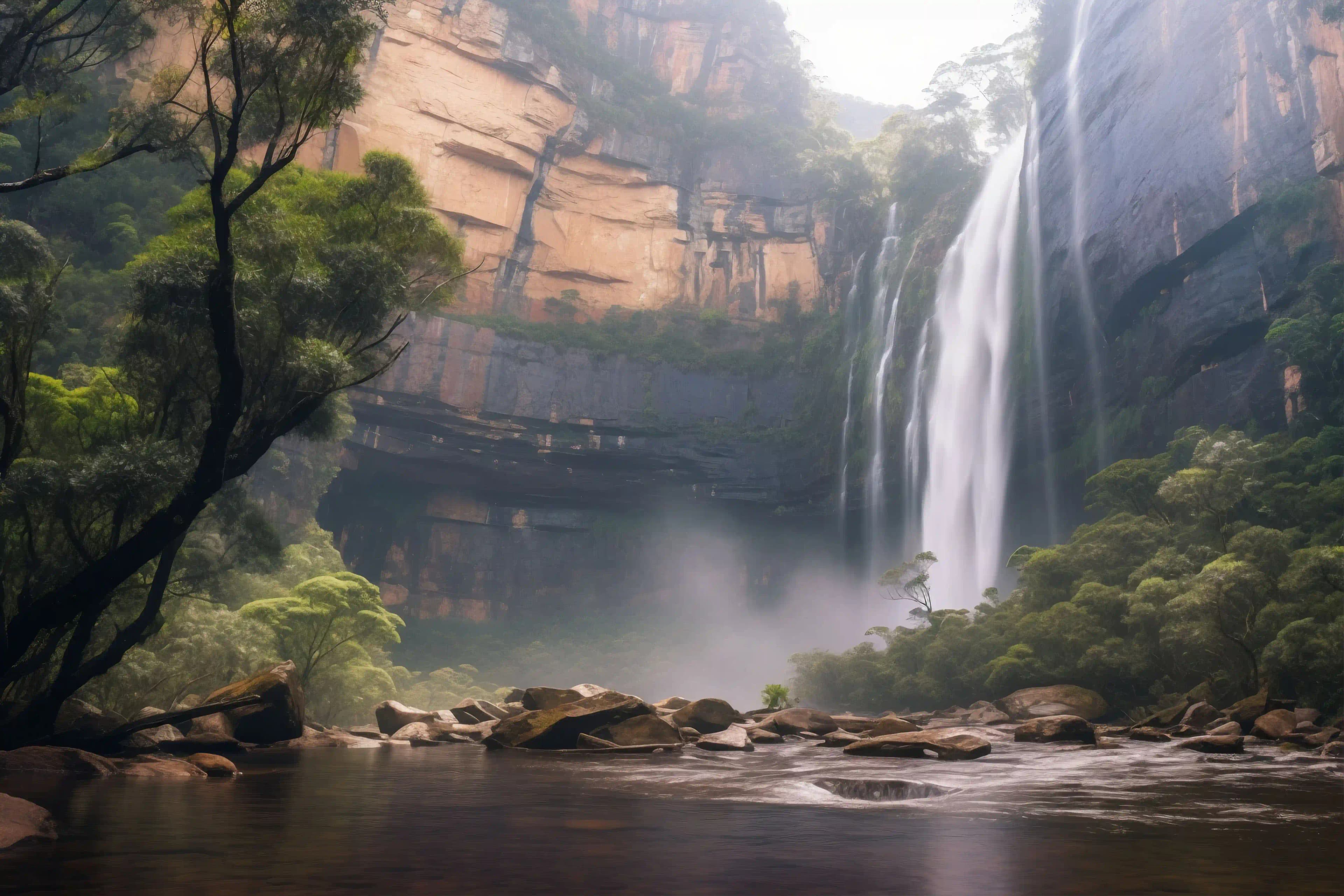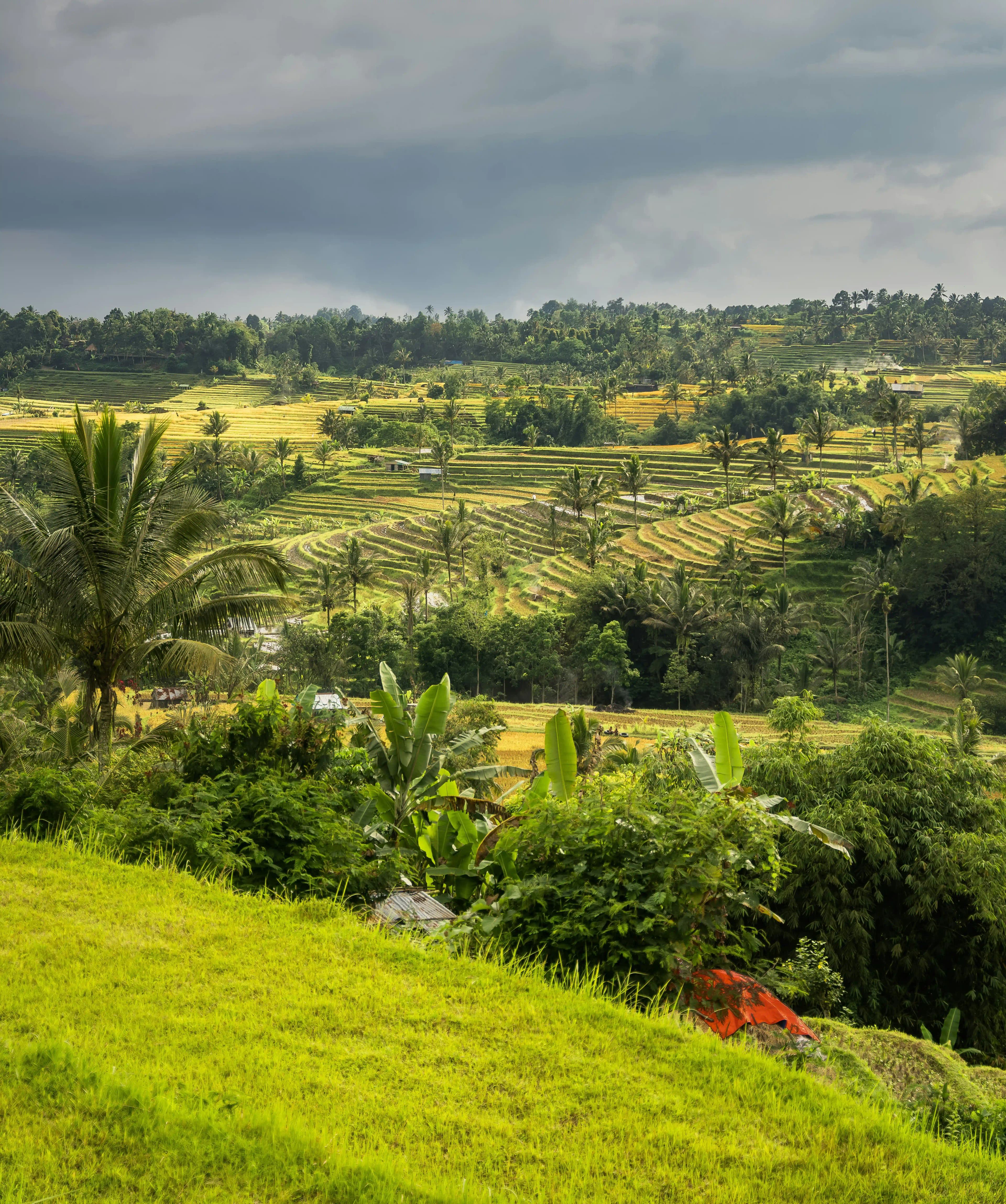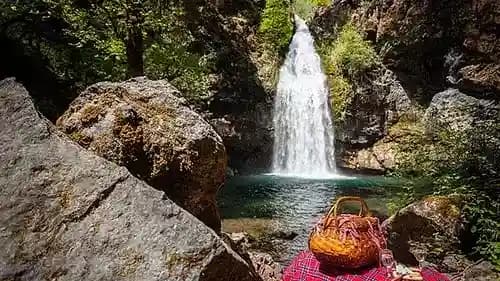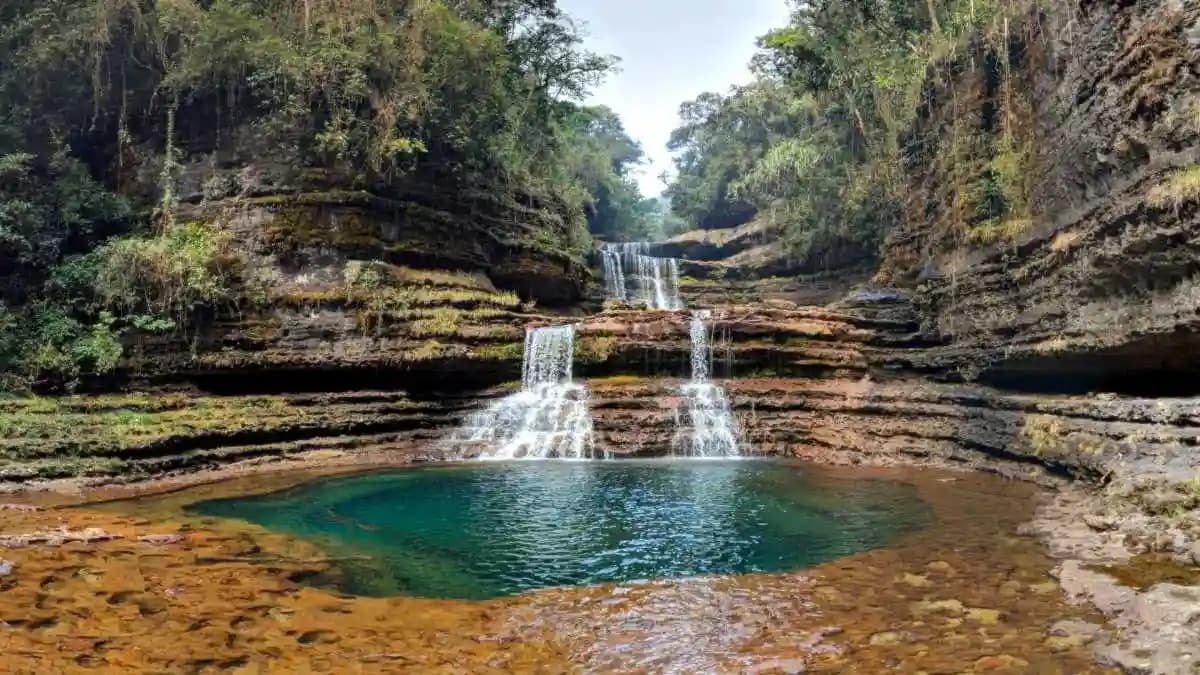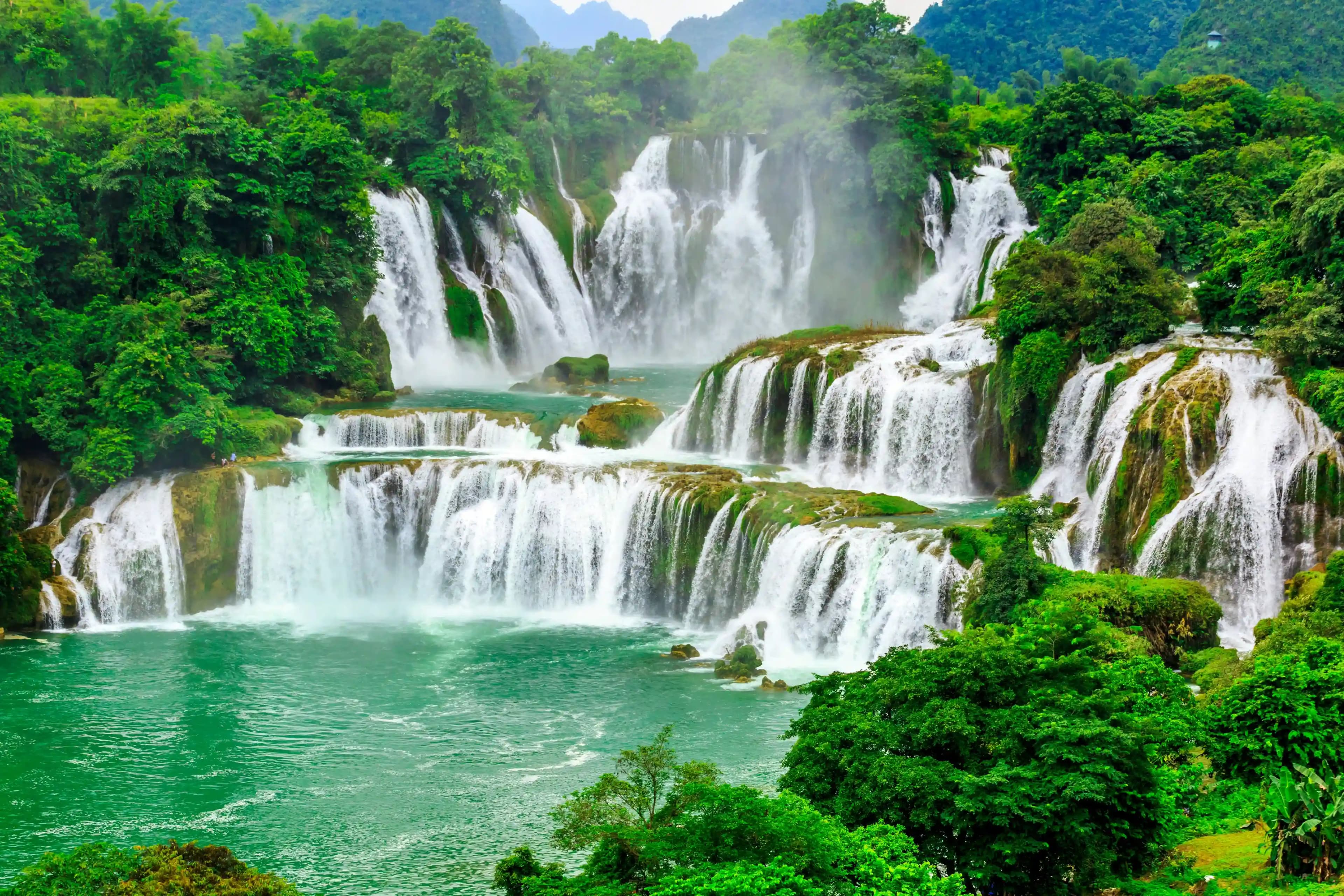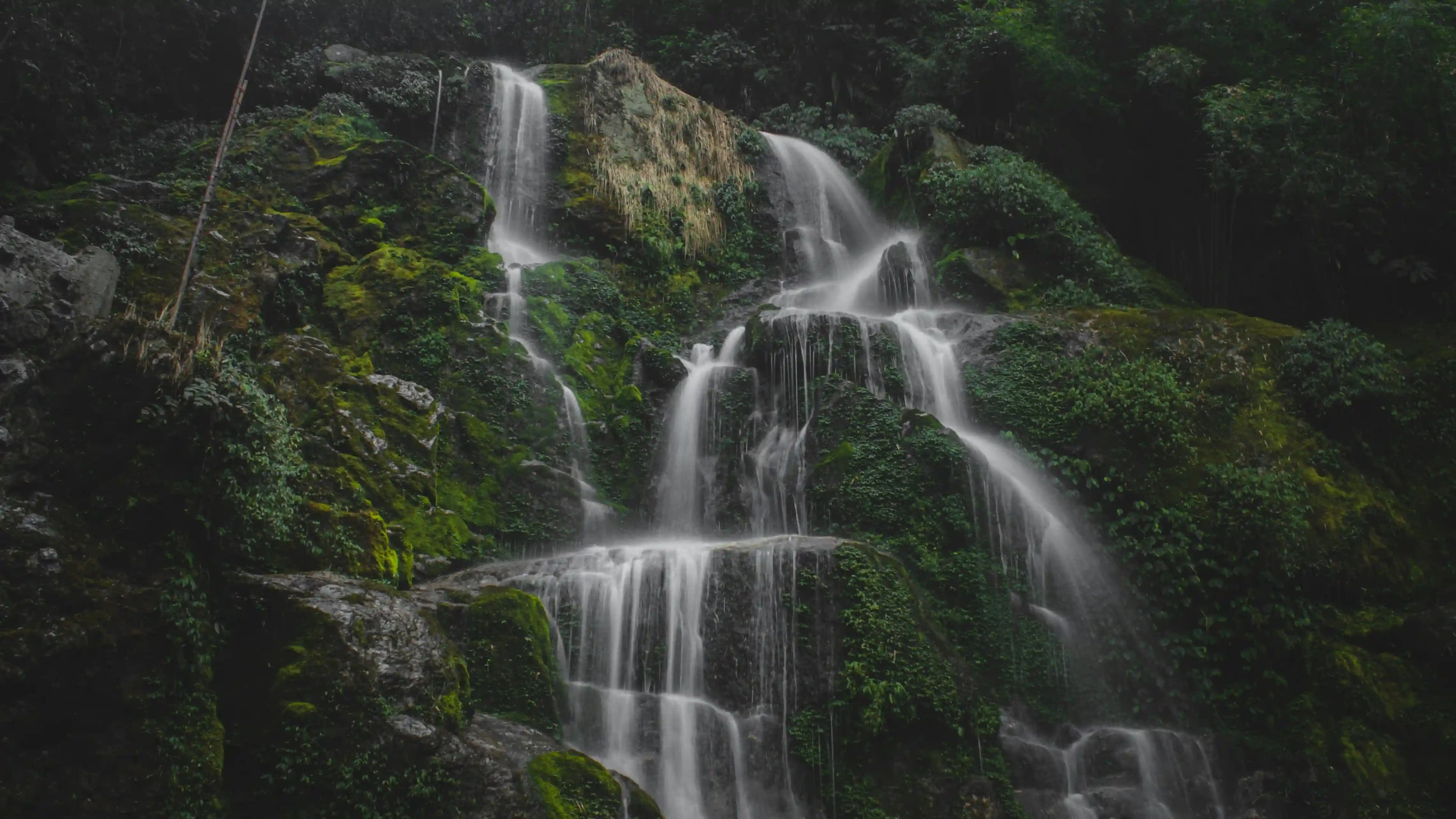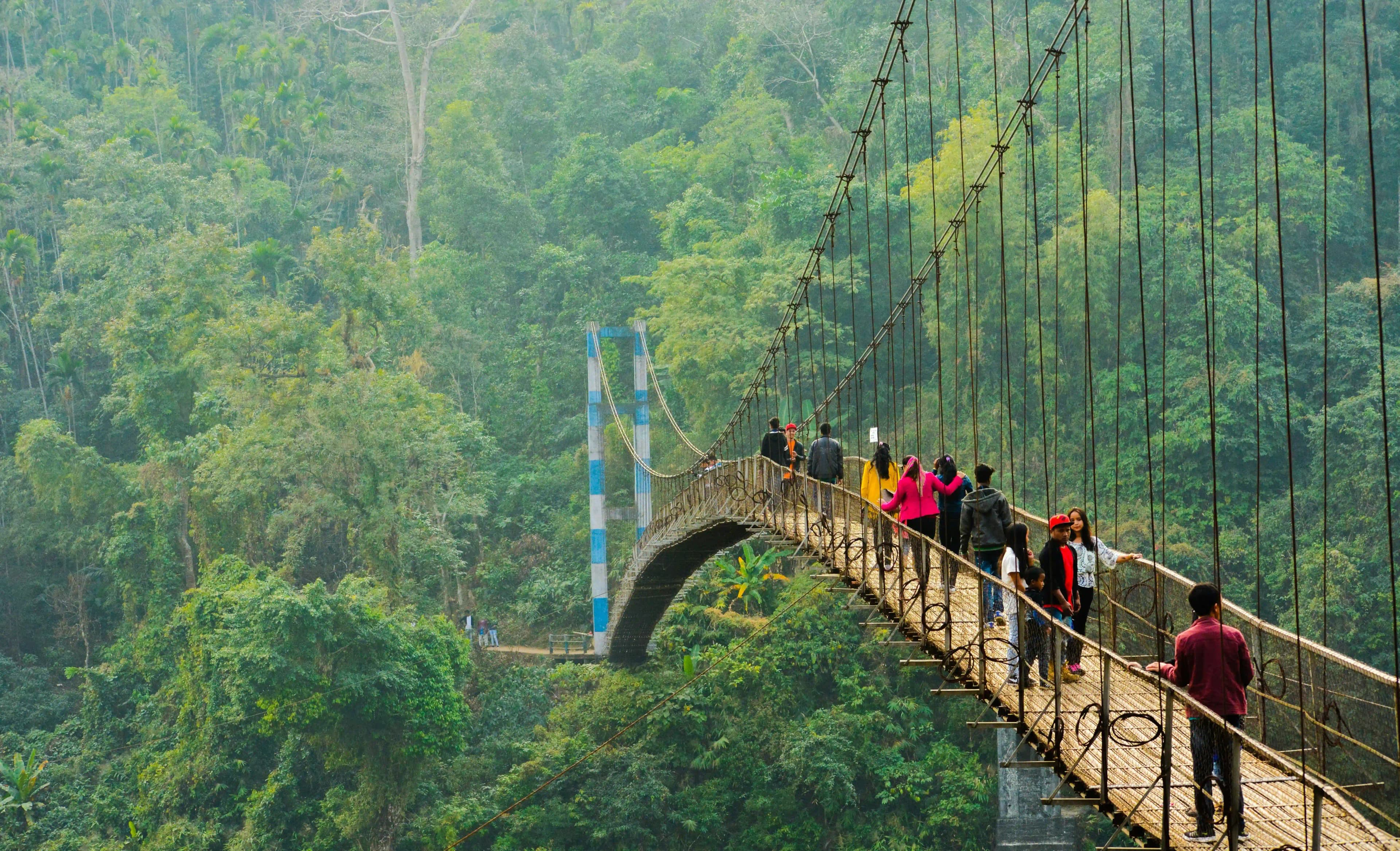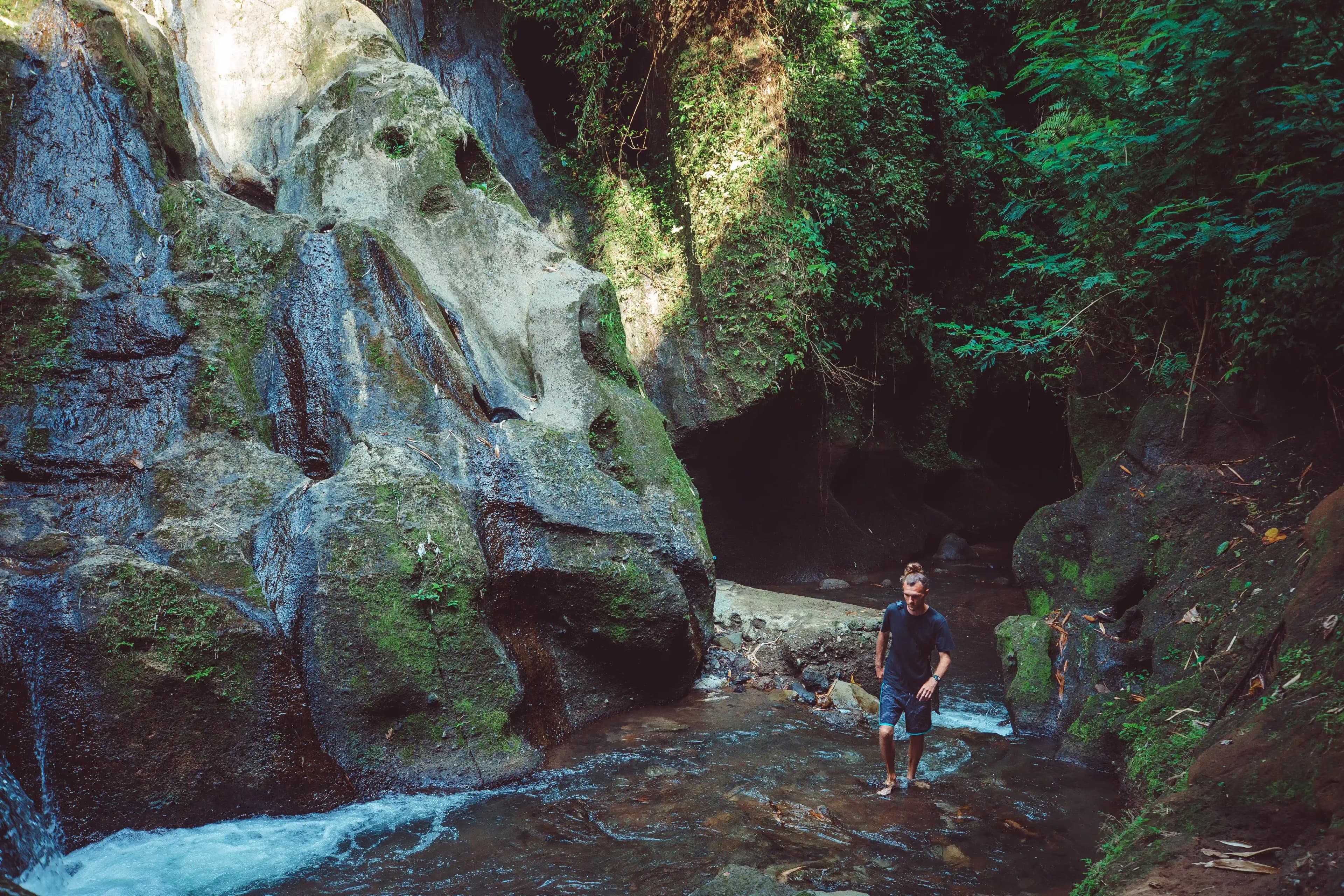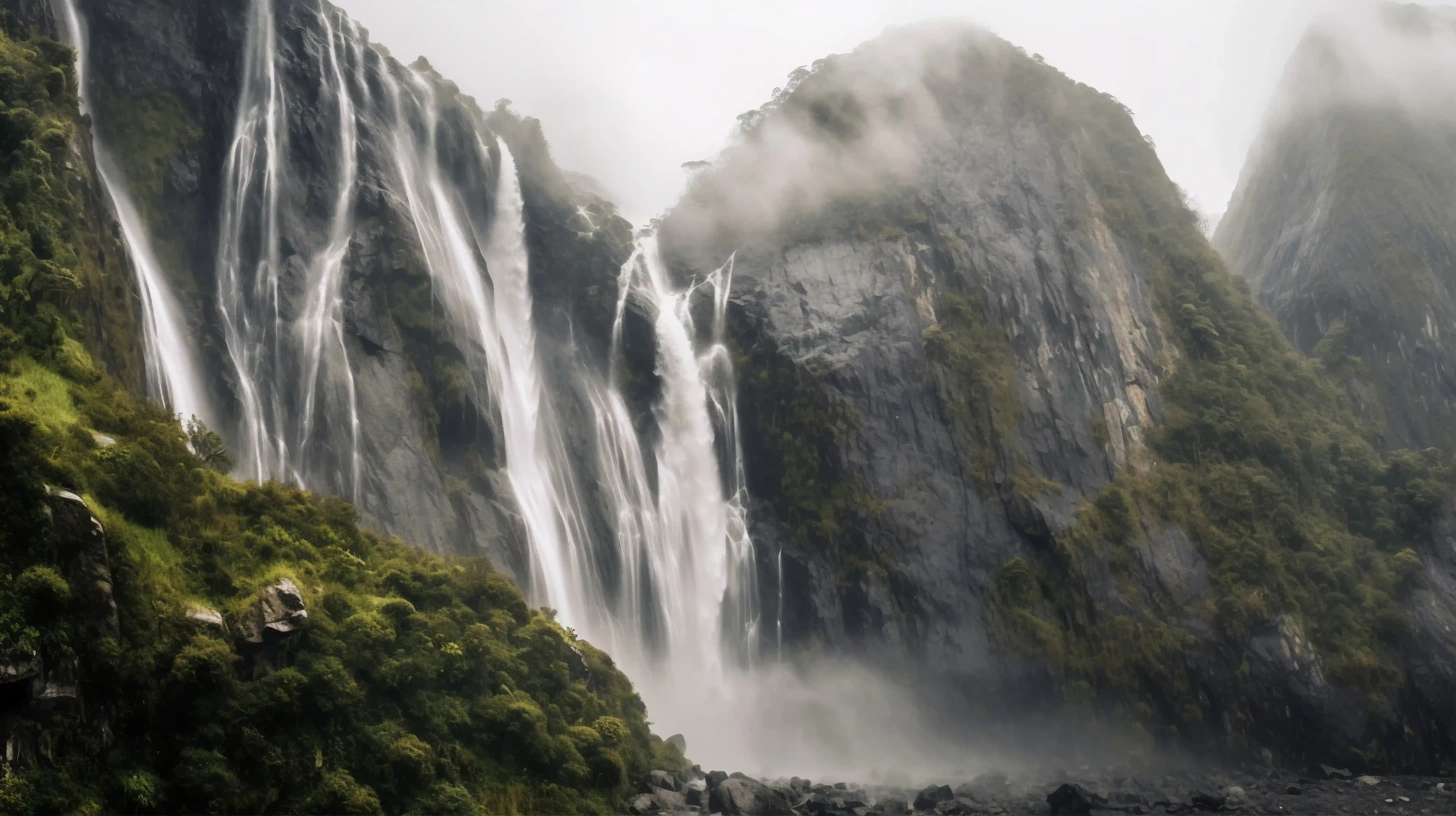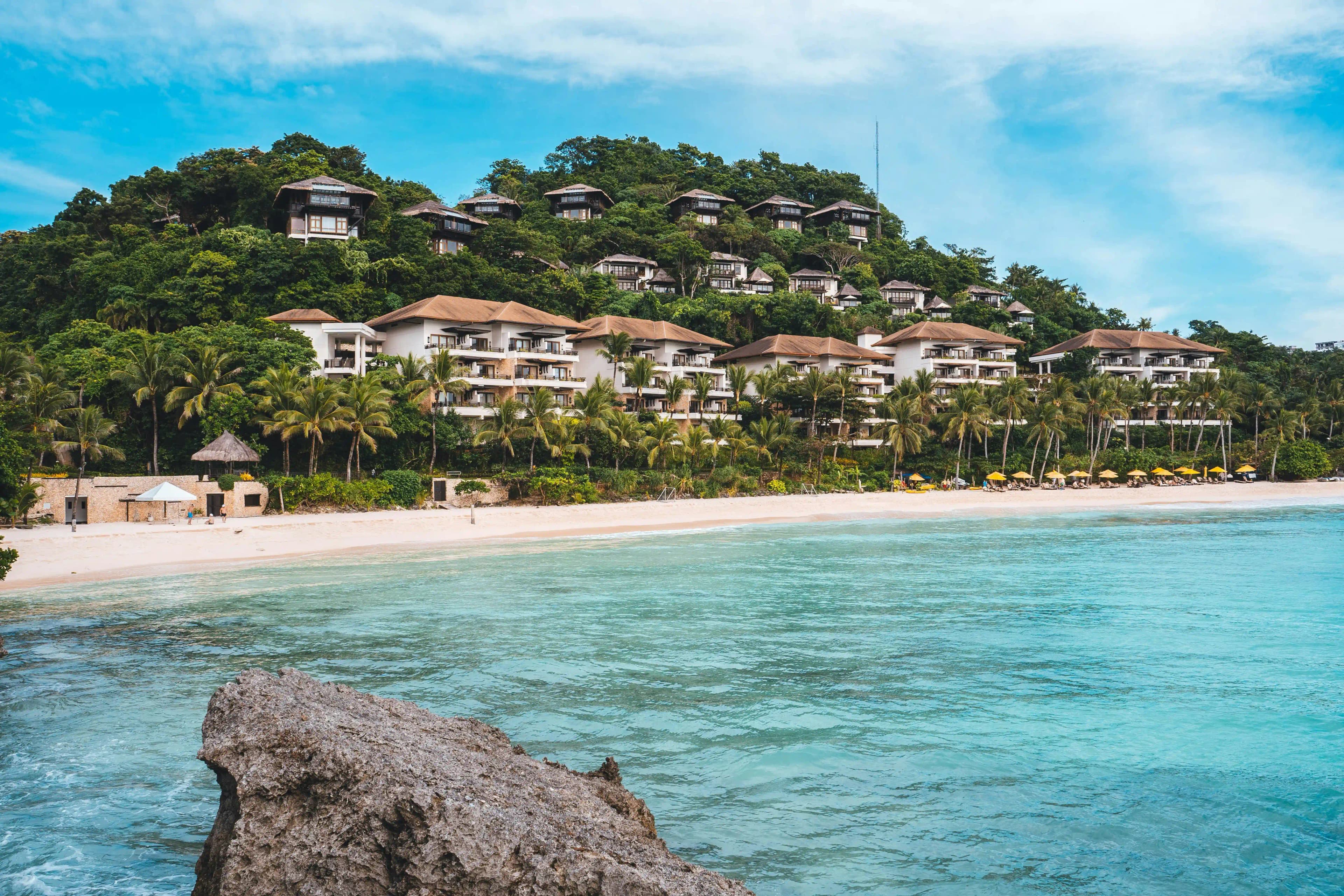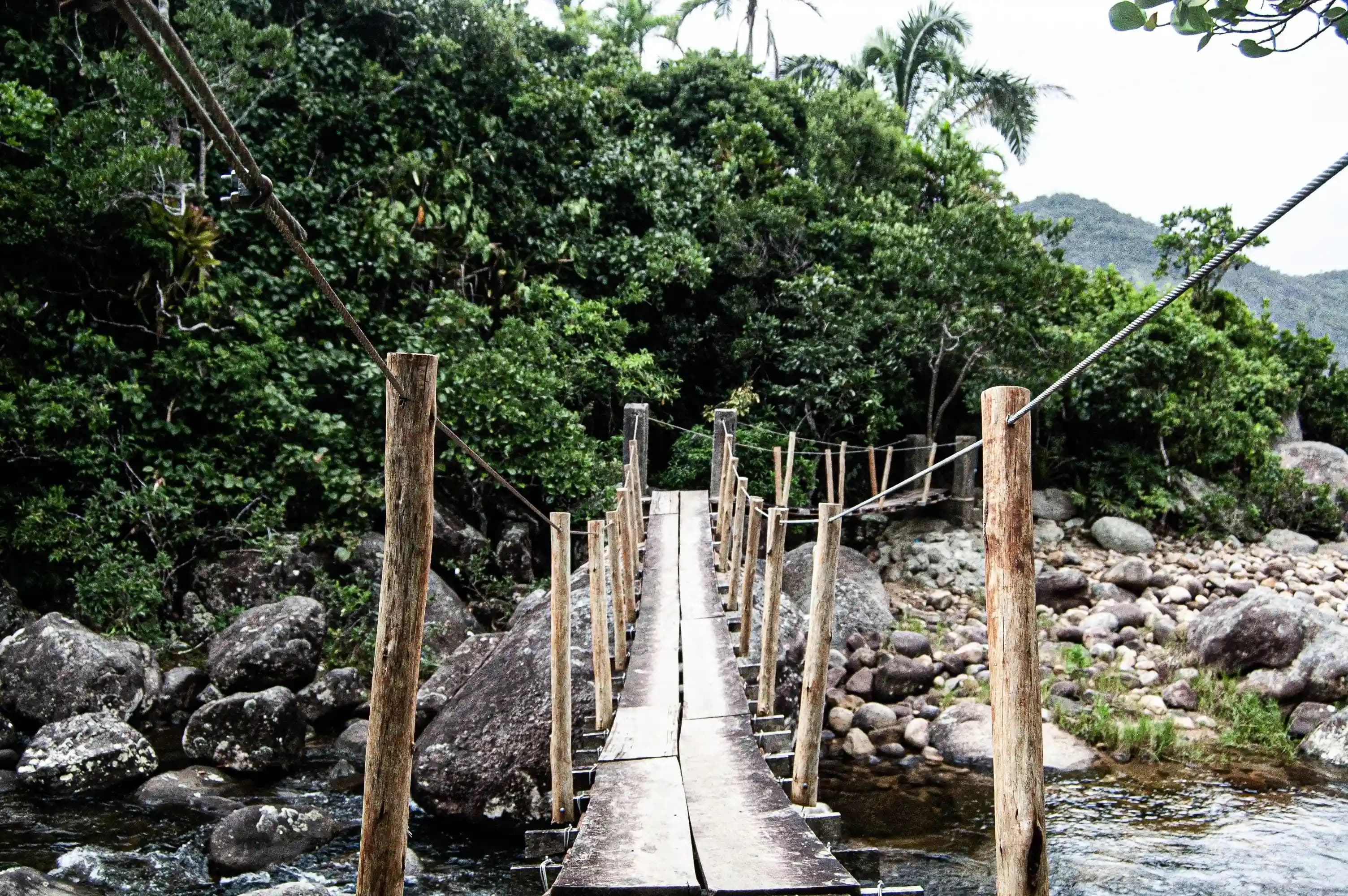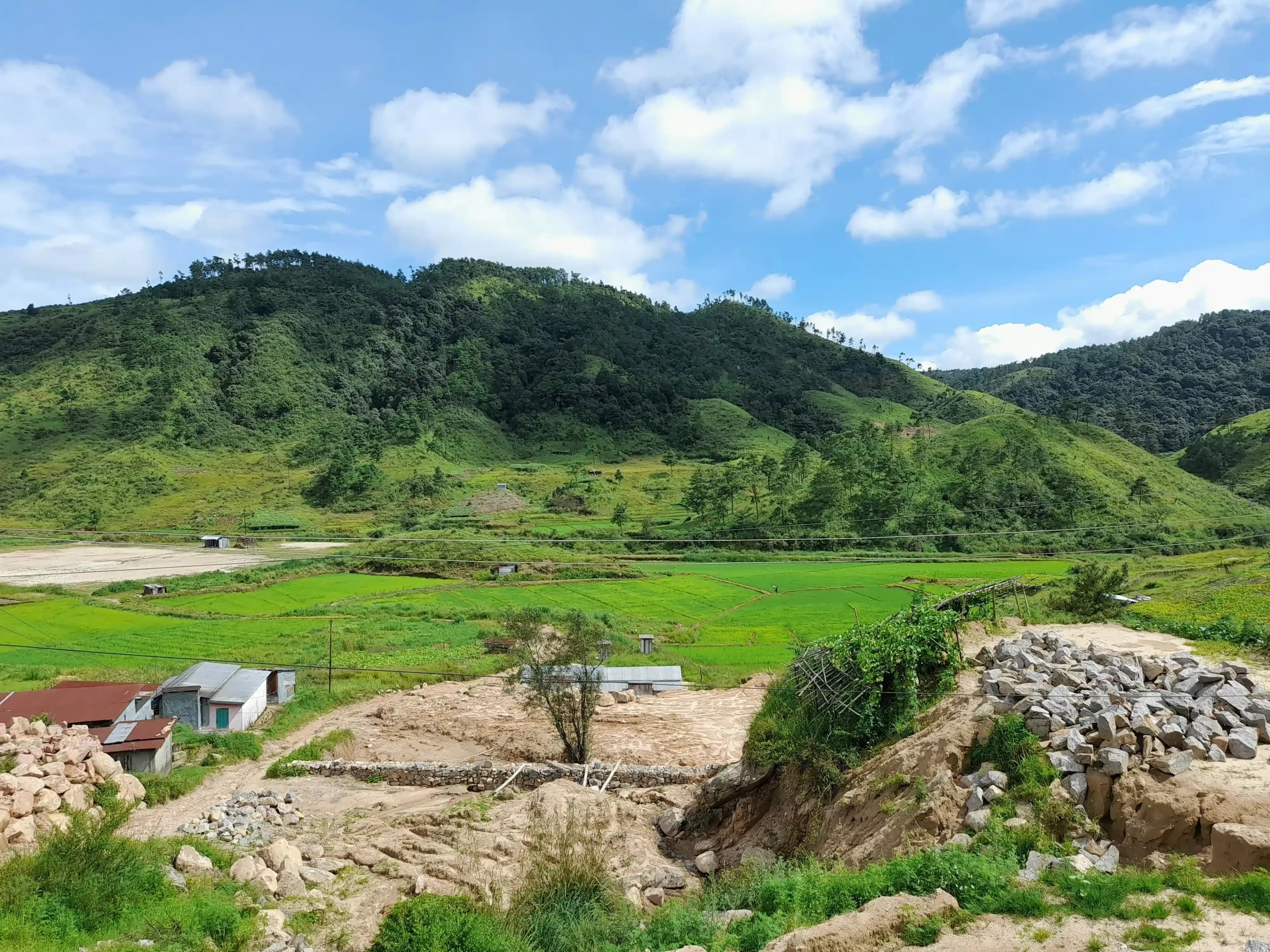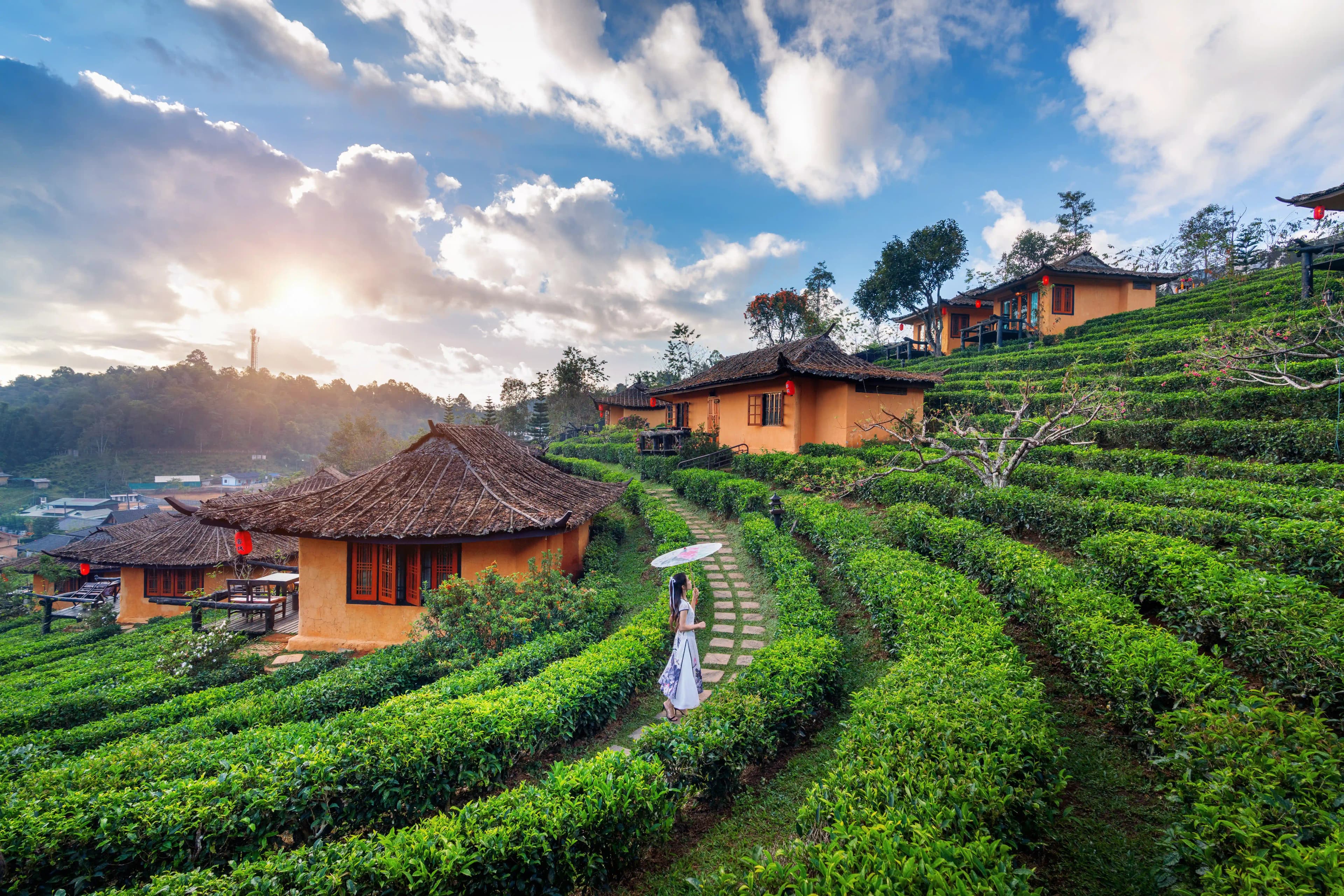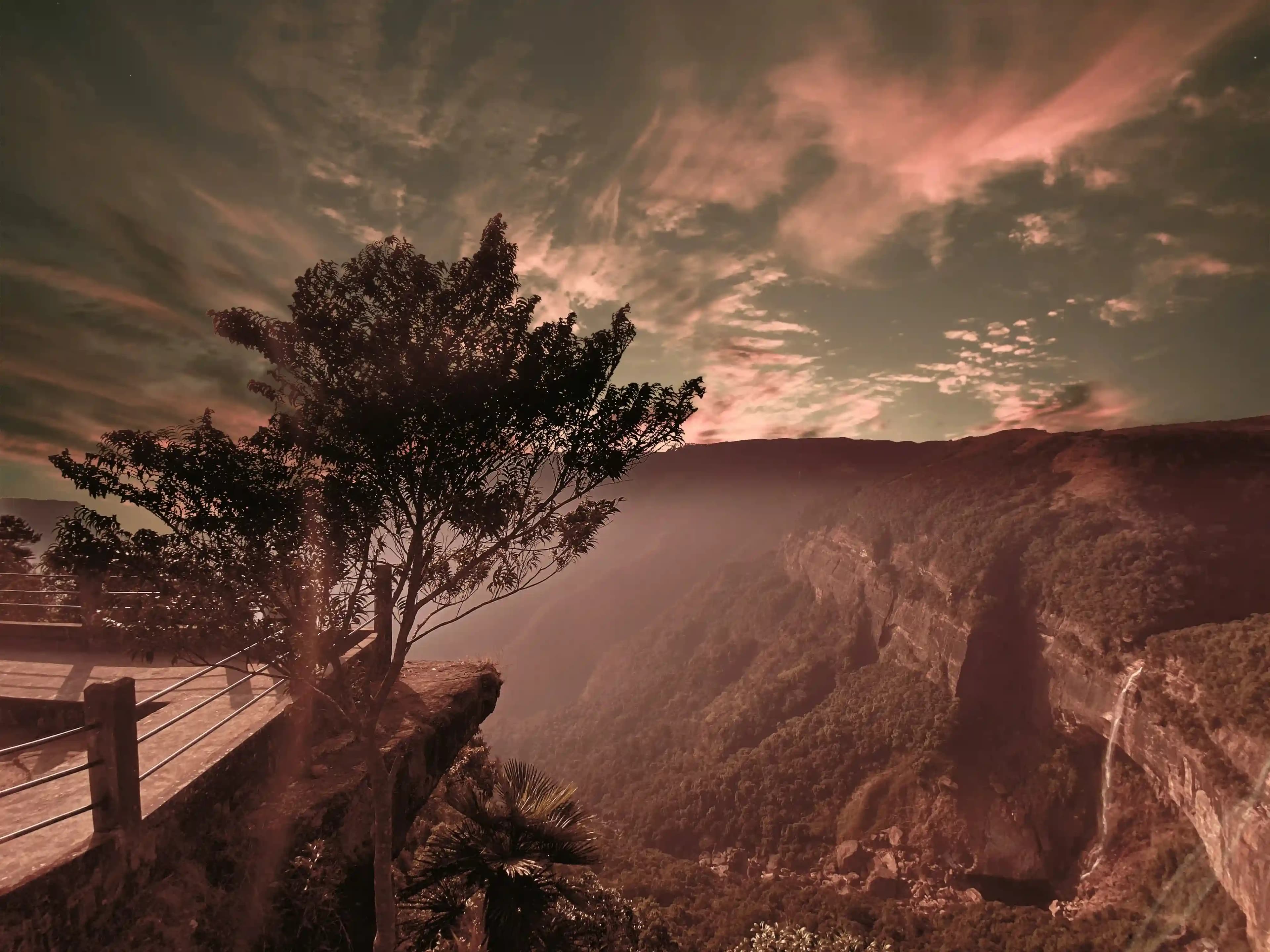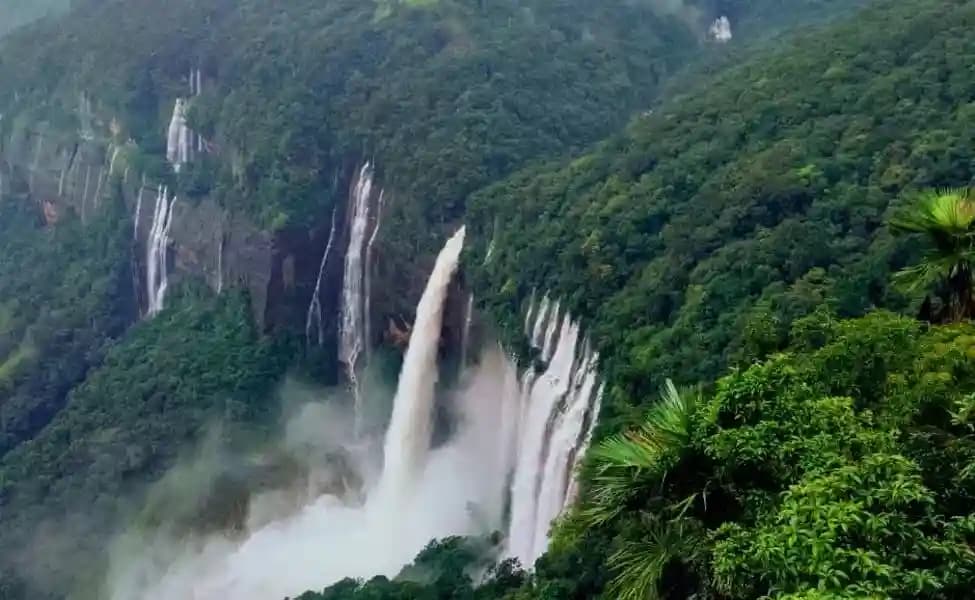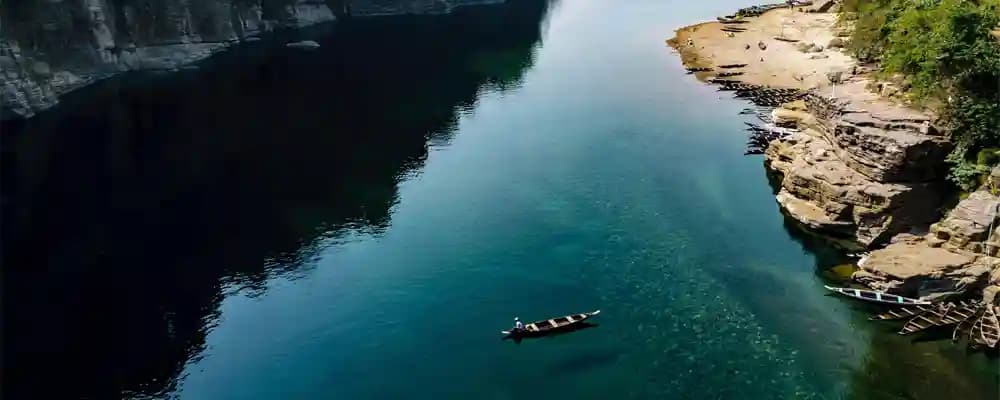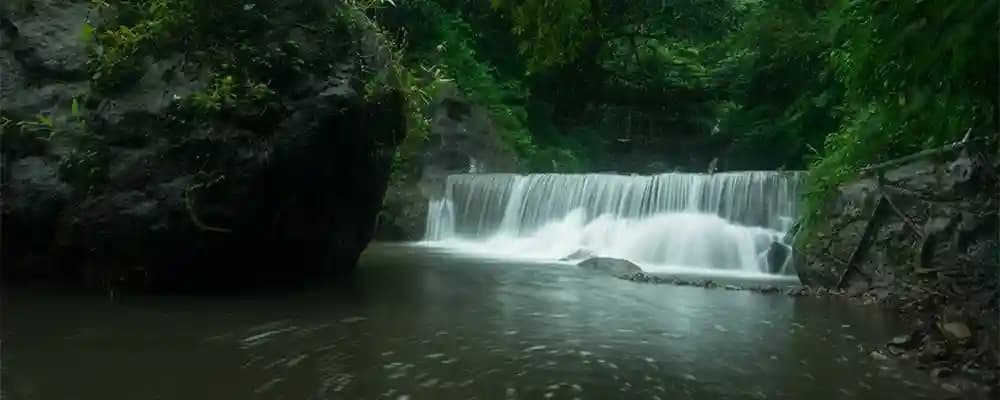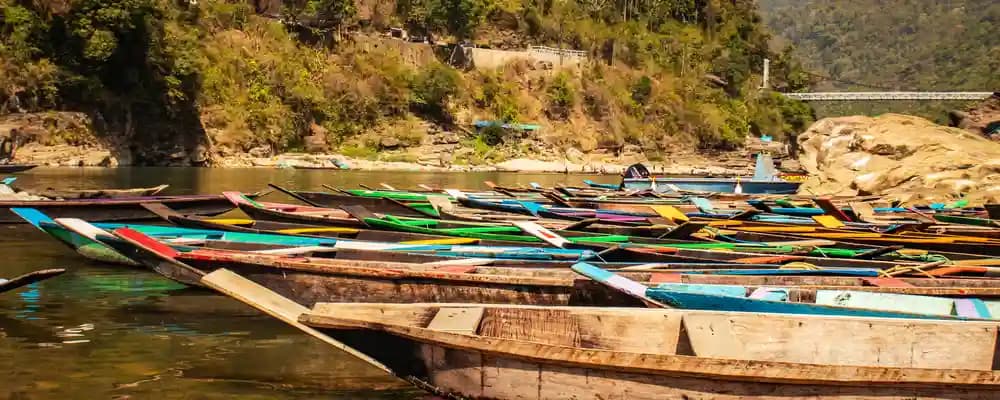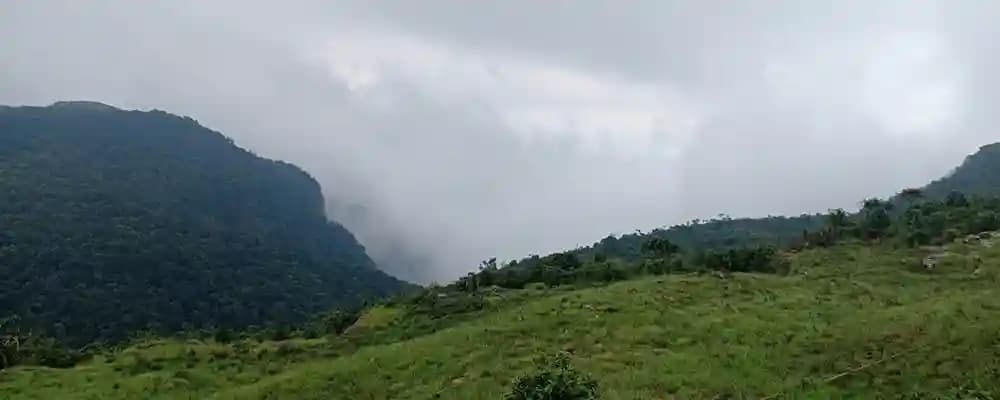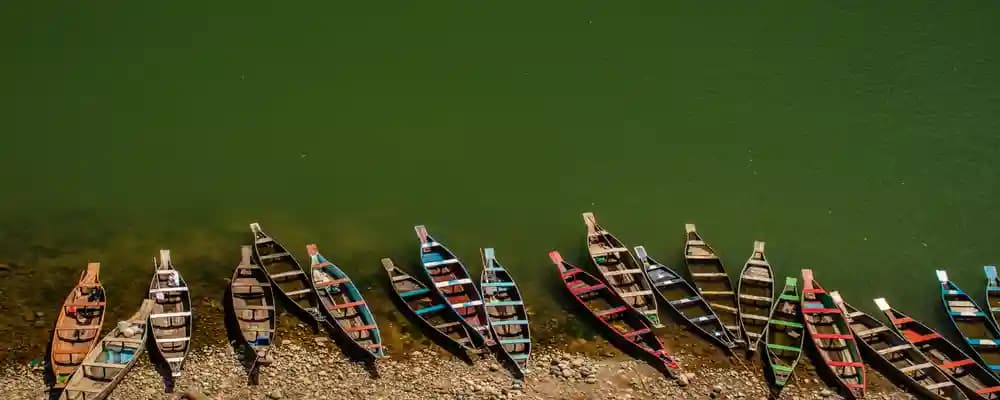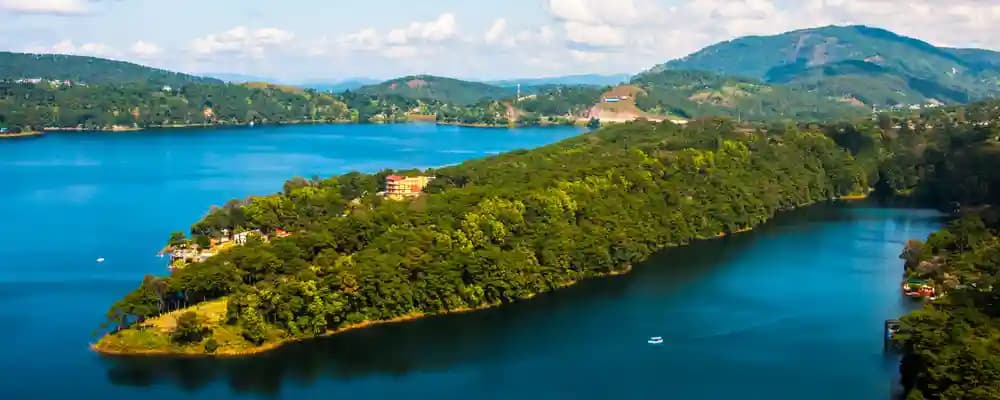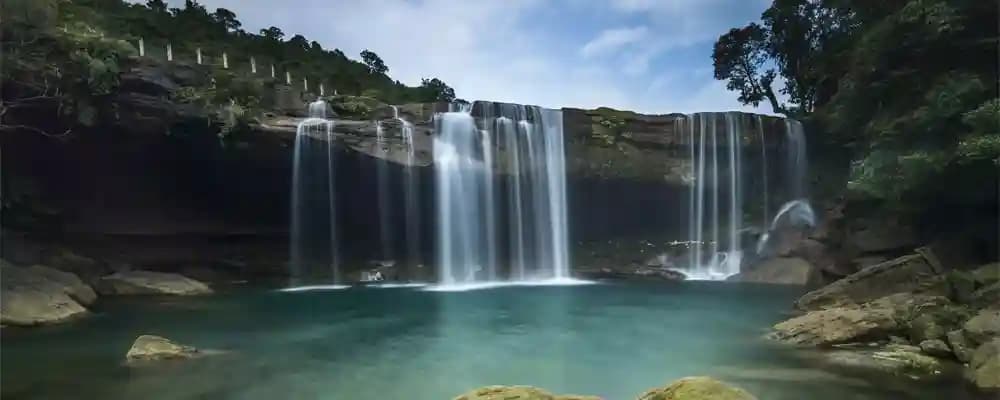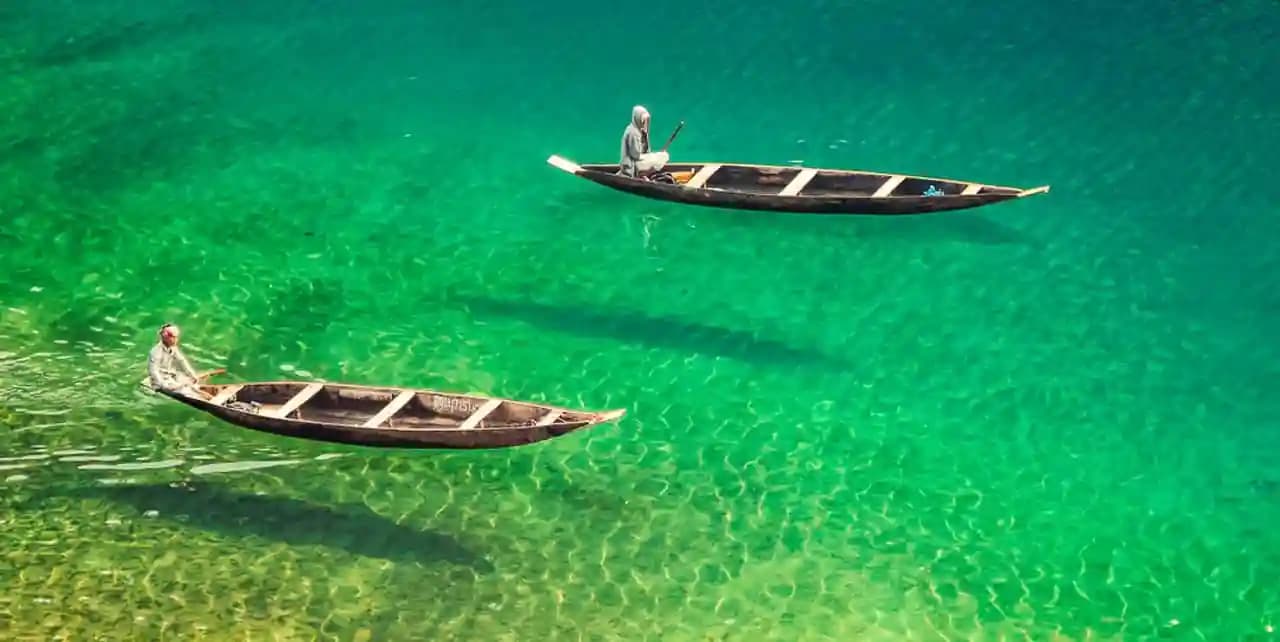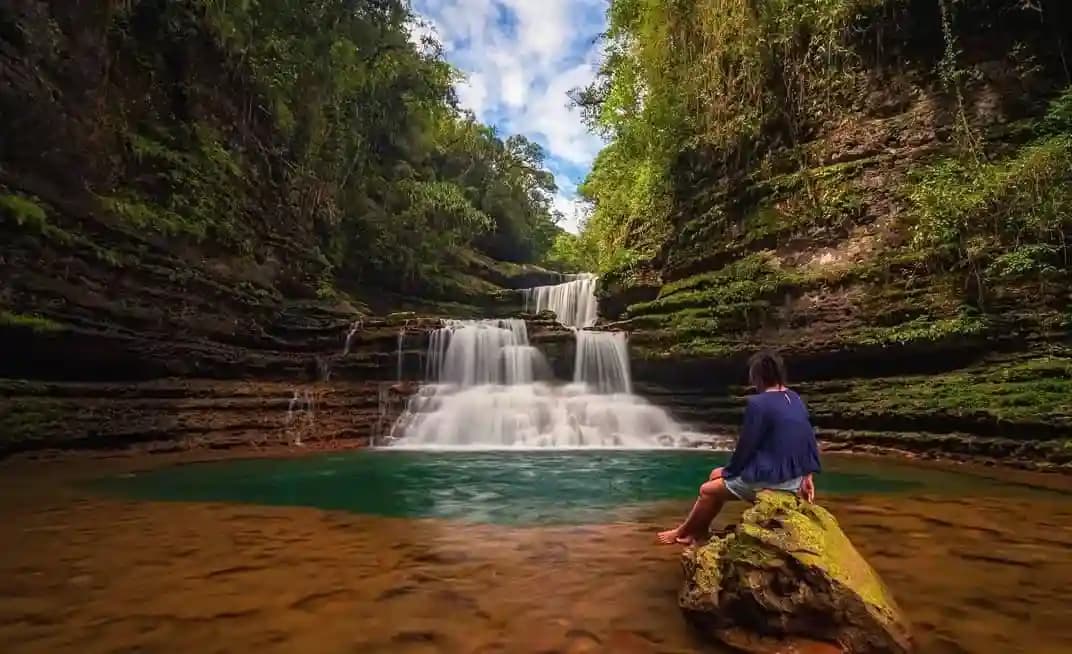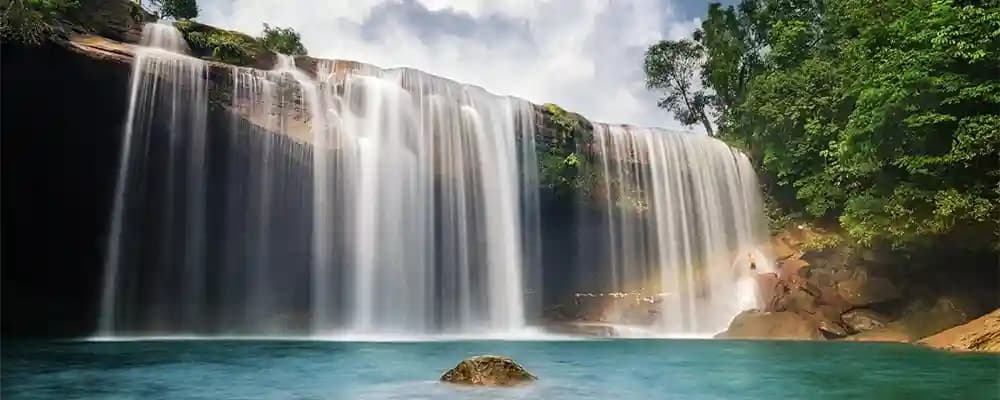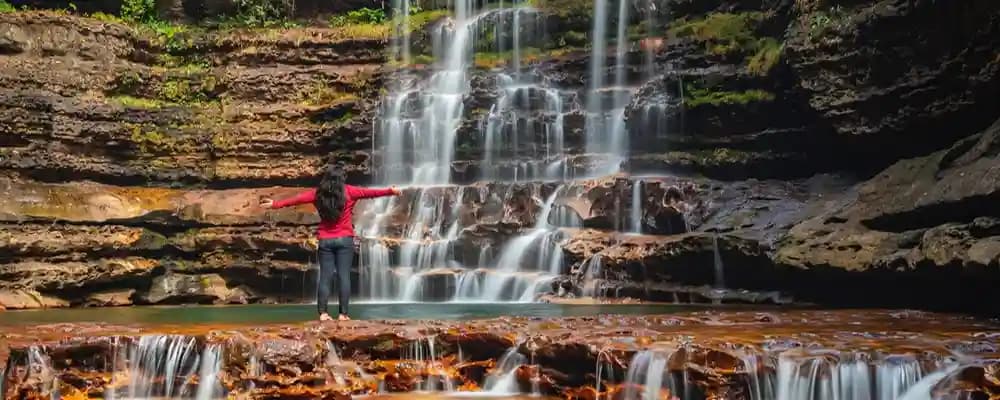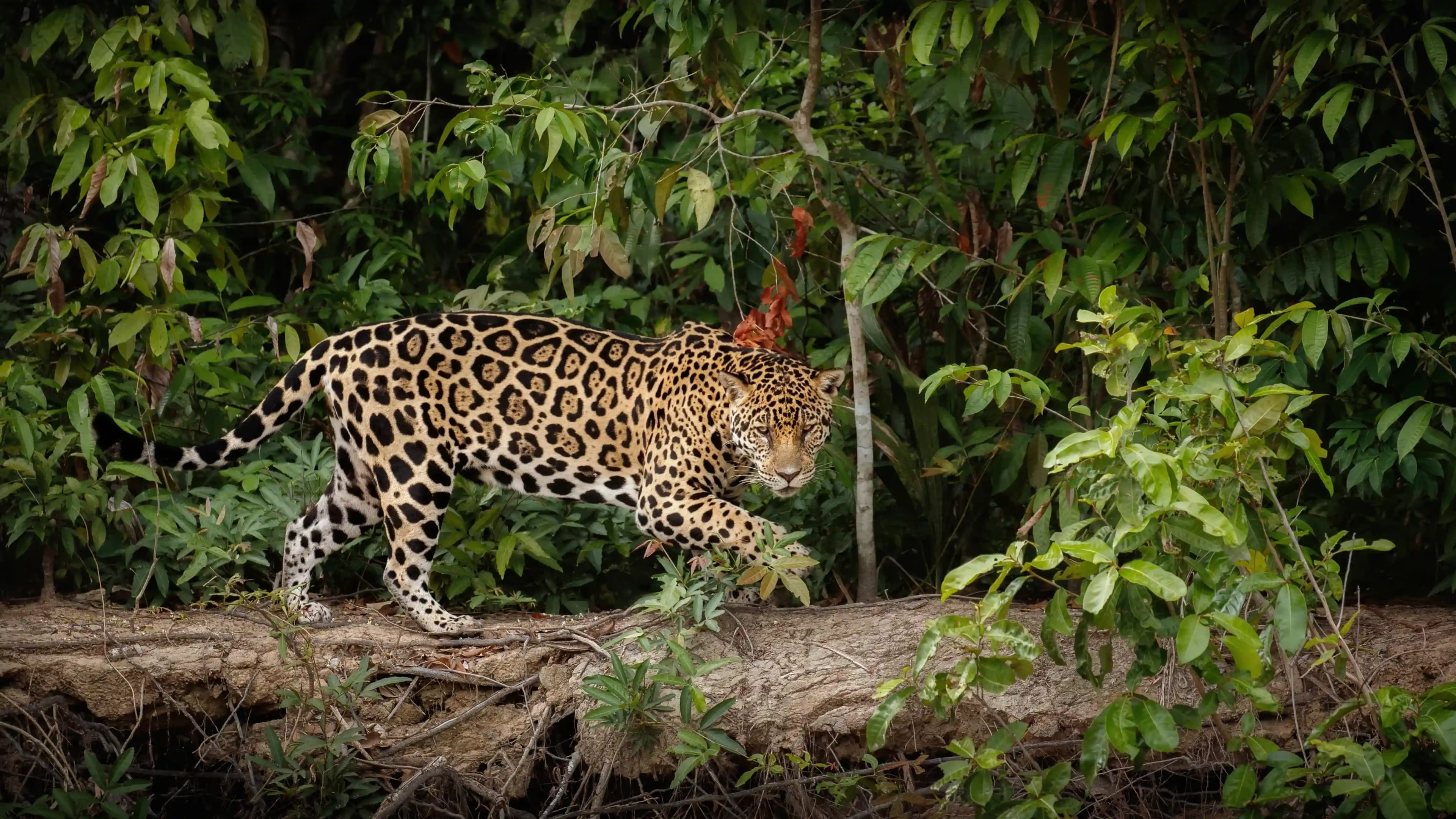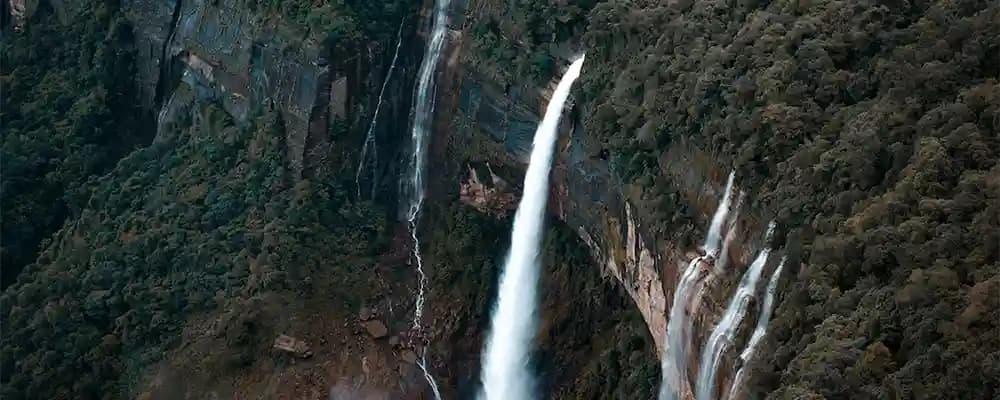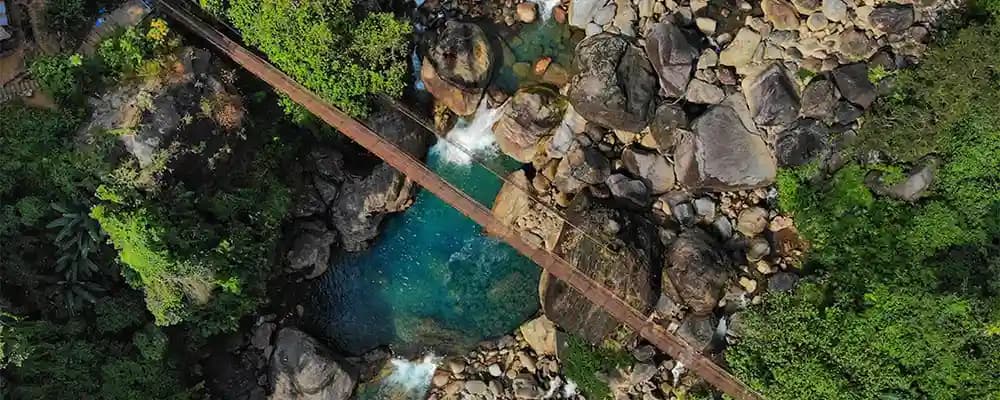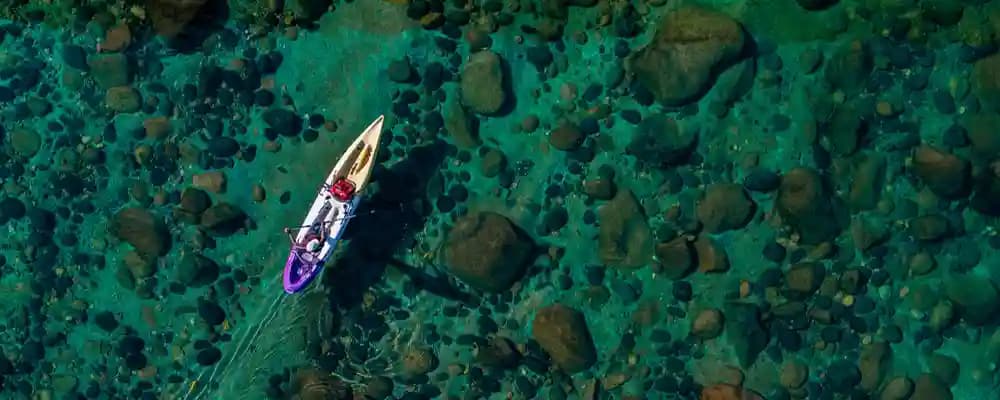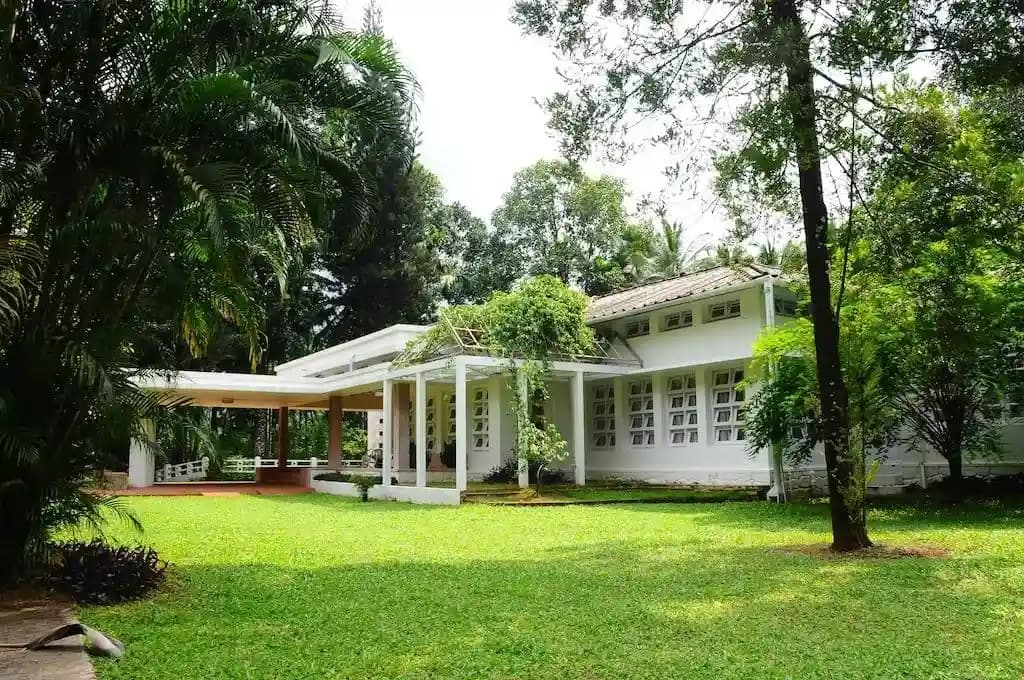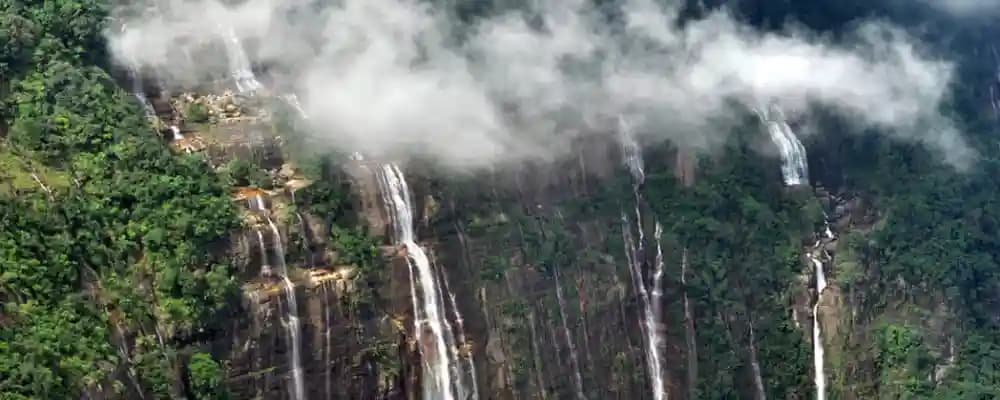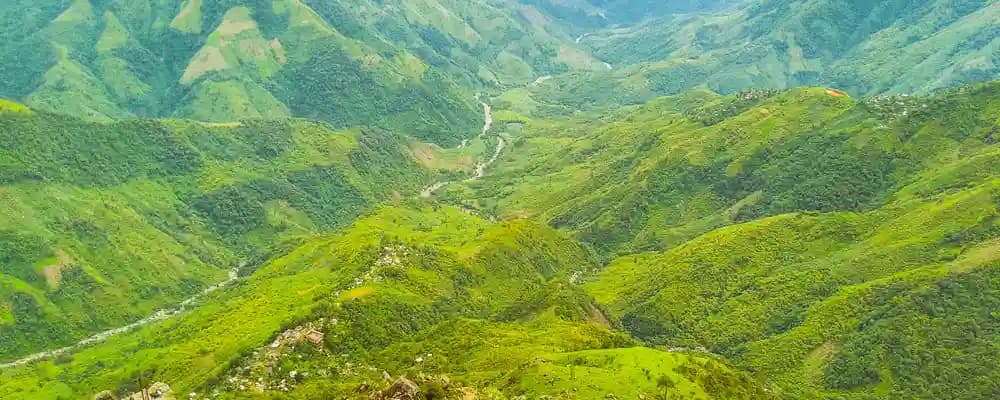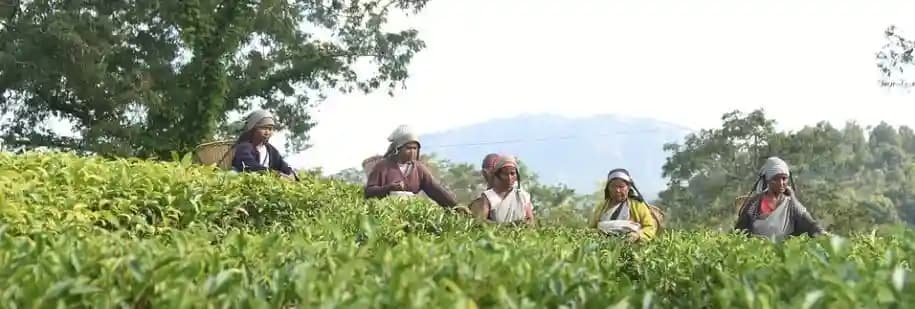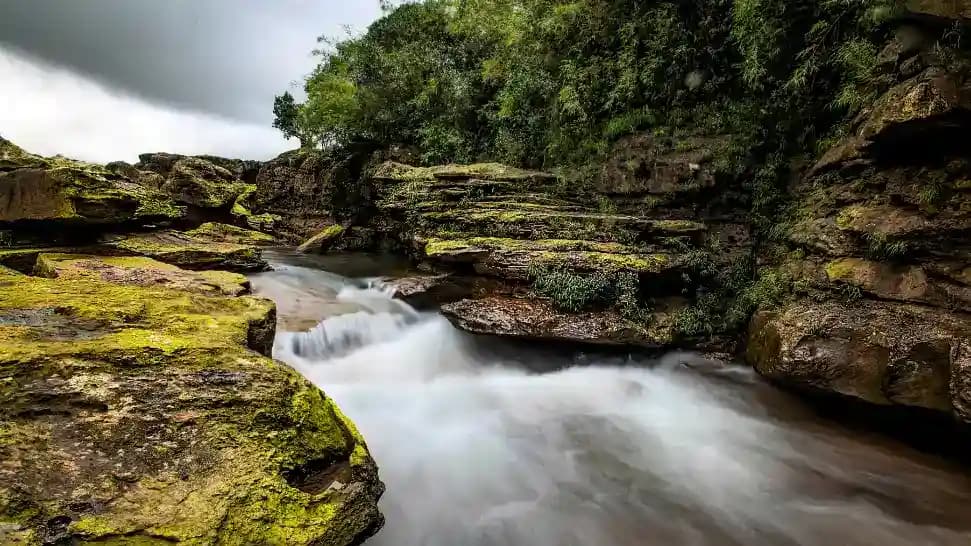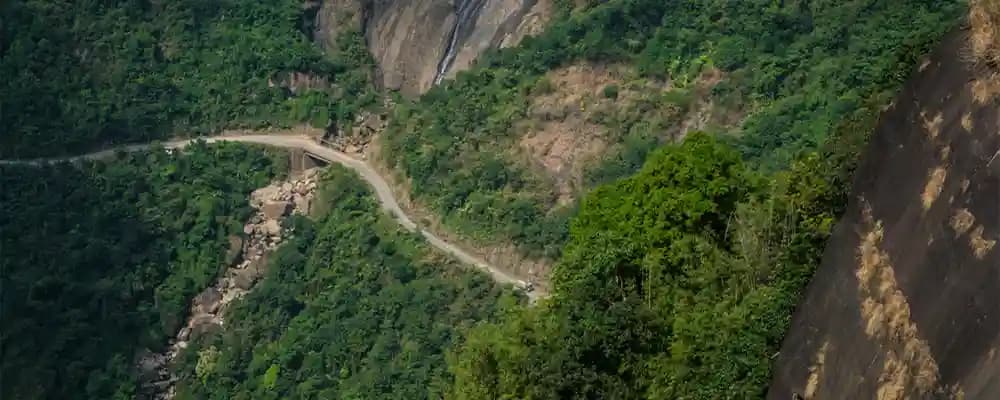Have you ever imagined that you are walking through a forest that feels like a storybook? Balpakram National Park in Meghalaya is such a place. Known as the “Land of Perpetual Winds”, it is full of rolling plateaus, deep gorges and rare wildlife.
This forest is even more mysterious and magical because of the numerous legends and myths associated with the place. Balpakram is one of the places you must visit if you are planning a Meghalaya tour. In this blog, we will take you through everything that you need to know to make your trip all the more memorable and special!
About Balpakram National Park
Balpakram National Park is one of the most popular wildlife parks in Meghalaya, with a size of approximately 220 square kilometres. It contains elephants, tigers, leopards, rare herbs and even the endangered red panda. The park is also associated with numerous local legends and it is a natural and cultural treasure. With deep canyons, cliffs and trees, Balpakram is a paradise for those who love and are curious about nature. A visit here will provide you with a combination of adventure, wildlife sightseeing and serene scenic beauty.
Entry Fee: Indian Nationals - ₹50 per person ; Foreign Nationals - ₹200 per person ; Children (under 12) - Free
Camera Charges: Still Camera - ₹100 ; Video Camera - ₹500
Timings: 8:00 AM - 6:00 PM, all days of the week
History and Legends Associated
Balpakram National Park, Meghalaya, is a place that carries rich culture and spiritual significance. The word Balpakram in the Garo language means “land of perpetual winds,” and the local Garo people consider it sacred. Balpakram is believed to be the dwelling place of souls after death as per Garo legends, and thus, it is a mysterious and sacred place. The park has many caves, cliffs and rock structures associated with folktales and myths that have been transmitted through the generations. Due to these special stories, the park is commonly referred to as the “Abode of Spirits”.
The park boasts of mystical locations such as the Gandhi Soram, which are the three hillocks that are ancestral funeral areas and Mebit (Oracle Rock), where the pebbles forecast the Jhum field location. Balpakram Gorge is thought to be the resting place of the departed souls, whereas the Chidimak (Black Pool) is believed to be their bathing pool. Me. Mang Anti-Charam was a spirit marketplace, and Dikini Ring was an upside-down boat rock. Wildlife and folklore are exhibited in ecological landmarks, such as So.gin Sa.ram, Matcha Melaram and Deoban. One of the most mysterious attractions of the park is the Magnetic Rock. It is a hollow rock that has a mysterious pull attracting animals, and it remains an unexplained marvel
Best Time to Visit Balpakram National Park
The best time to visit Balpakram is between October and March. During these months, the weather stays cool and pleasant. The park looks green after the rain, and you can spot a lot of animals and birds. Summers can be hot and quite uncomfortable. Monsoon, however, brings heavy rain that makes roads muddy and travel difficult.
Ideal Months: October to March
Avoid: June to September (heavy rains)
How to Reach Balpakram National Park
Balpakram National Park location is in South Garo Hills, Meghalaya. The nearest town is Tura, which is about 156-170 km away. From Tura, you can travel by road via Baghmara and then hire a local jeep or SUV to reach the park entrance.
Nearest Airport: Lokpriya Gopinath Bordoloi International Airport, Guwahati; then taxi or bus to Tura (260-300 km)
Nearest Railway Station: Guwahati Railway Station; onward road journey to Tura and then to Balpakram
By Road: From Guwahati to Tura by bus or car, then from Tura to Baghmara (105 km), and finally 45-47 km from Baghmara to the park via the Sib-Bari road. Hire a vehicle from Tura for better comfort
Flora and Fauna of Balpakram National Park
Balpakram National Park, situated in the Garo Hills of southern Meghalaya, is a hotspot of biodiversity. Covering an area of 200 square kilometres, the park, which is protected, is well known for its rich and diverse ecosystems, ranging from subtropical forests to grasslands. The unique topography of the park, with gorges that are very deep and plateaus, has resulted in the formation of a very diverse habitat for plants and animals, many of which are rare and endangered.
Flora
Pitcher Plants: Carnivorous plants that trap and digest insects
Drosera: Another genus of carnivorous plants found in the park
Dikges: Rare medicinal herbs are highly valued by local communities
Various Orchids: Adding to the park's floral diversity
Fauna
Mammals: Asian elephants, Bengal tigers, red pandas, clouded leopards, marbled cats, wild water buffaloes and the Indian bison (gaur)
Primates: Seven species, including the rare stump-tailed macaque and the more commonly seen pig-tailed macaque
Birds: Over 200 species, such as hornbills and the blue-throated barbet
Reptiles and Amphibians: Various species inhabit the park's diverse habitats
Top Things to Do in Balpakram National Park
Balpakram is full of exciting activities for nature lovers and adventure seekers. From wildlife safaris to trekking, there’s something for everyone to enjoy
1. Wildlife Safari
Experience the adrenaline kick of seeing wildlife like elephants, barking deer and tigers in their natural habitat. Guided tours also enable you to observe exotic birds and learn local ecology. Early morning or late afternoon tours provide the best view. The tour gives a touch of adventure to your Meghalaya travel and gives you a proper appreciation of the ecological diversity of the park.
2. Trekking Adventures
Enjoy walking along the forest tracks, rivers and hills. Short treks of Balpakram offer adventure and the scenic beauty of cliffs, valleys and wildlife. September is ideal for a pleasant climate. Adventure enthusiasts can also witness mystical sites on the way, blending nature exploration with indigenous myths.
3. Bird Watching
Spend peaceful hours observing vultures, hornbills and other native fauna. Visits early in the morning allow for the best chance to observe them roosting in nesting sites or feeding in feeding sites. Bird watching is peaceful, educational and puts you directly in touch with Balpakram's unique ecosystem.
4. Photography Tours
Capture breathtaking views, wildlife and enigmatic spots like the Magnetic Rock. September weather is excellent, with soft light, making it the best time to take photographs. Birds, winding rivers or panoramic forest landscapes are among the options you have. Photography is a creative means of discovering the park and reminding oneself of the Meghalaya tour.
5. Nature Walks and Meditation
Walk on forest paths, river banks and open grasslands to relax and be one with nature. These leisurely walks are perfect for meditation or just breathing the crisp mountain air. Being in the park's peaceful setting is rejuvenating and allows you to totally enjoy Balpakram's spiritual and natural aura.
6. Camping Under the Stars
Pitch tents at safety zones and enjoy the open night sky. Camping allows you to hear forest sounds, observe nocturnal animals with your eyes and stay close to nature. Evening activities include storytime, stargazing and cooking in the outdoors. It's a unique way of experiencing Balpakram's wild.
7. Explore Local Folklore through Guided Tours
Join guided tours with local guides to listen to tales of Garo legends, mythological rocks and sacred sites. Guided tours are not just listening; they are participative, encompassing history, myth and experience. Gaining knowledge of the local culture while trekking through jungles makes your adventure richer and lends purpose to your journey.
8. Adventure Photography and Wildlife Tracking
Pair photography with wildlife tracking by observing footprints, dung and feeding signs. The experience is thrilling for nature enthusiasts and adds a new thrill to trekking. September's comfortable climate brings relief in walking trails with safety while relishing the Balpakram's diversity.
5 Places to Visit Near Balpakram National Park
While Balpakram itself is full of natural beauty and mystery, the surrounding region has several amazing spots worth exploring. From caves to waterfalls, these nearby attractions add adventure, scenic views, along cultural experiences to your trip to Meghalaya.
1. Siju Caves
Siju Caves, also known as Bat Caves, are famous for their picturesque stalactites and stalagmites. The caves are home to thousands of bats and provide a glimpse into Meghalaya's underground world. A visit to the caves is an adventurous affair, especially for nature enthusiasts and photography buffs. A visit here complements a trip to the National Park with an added touch of thrill.
Location: South Garo Hills, Meghalaya, 60 km from Balpakram
2. Nokrek Biosphere Reserve
Nokrek Biosphere Reserve is a UNESCO-recognised site renowned for its high biodiversity. The reserve has species like red pandas, elephants and birds that are rare in nature. Trekking through dense forest, visitors get to spot wildlife and enjoy an overview of hills and valleys.
Location: West Garo Hills, Meghalaya, 90 km from Balpakram
3. Mawthadraishan Viewpoint
Mawthadraishan Viewpoint offers breathtaking panoramic views of rolling hills, valleys and rivers. The sunrise and sunset here are especially magical, making it a perfect spot for photography and quiet reflection. Its serene surroundings make it ideal for short treks and picnics.
Location: West Garo Hills, Meghalaya, 70 km from Balpakram
4. Dampni Living Root Bridge
Dampni Living Root Bridge is a marvel of nature as well as traditional engineering. Made by guiding tree roots over decades, the bridge spans a small river. It is surrounded by lush greenery. Crossing it is a very unique experience and is perfect for adventure lovers and for those curious about local culture. It’s a must-visit on a trip to Meghalaya, especially for photographers and nature enthusiasts.
Location: South Garo Hills, Meghalaya, 50 km from Balpakram
5. Siju Waterfalls
Siju Waterfalls, or Siju Arwah, is one of the most beautiful waterfalls in Meghalaya. Flowing from high cliffs to a serene pool below, it is perfect for relaxing and photography. The natural environment of the forest adds to the splendour. Including Siju Waterfalls in your trip to Meghalaya makes for a refreshing break
Location: South Garo Hills, Meghalaya, 60 km from Balpakram
Conclusion
Balpakram National Park is a melting pot of nature, culture and mystery. The park has a rich experience to offer to the people who visit it, be it the thick forests, the rare species of wildlife or the sacred places where the Garo tribe worships.
Balpakram National Park is a paradise for tourists of all kinds, including those who are here for adventure, photography, or to have a spiritual experience with nature. Its scenic beauty, interesting myths and biodiversity make it a must-visit place in Meghalaya. Planning your visit carefully ensures you get the most out of this hidden gem in Meghalaya.
